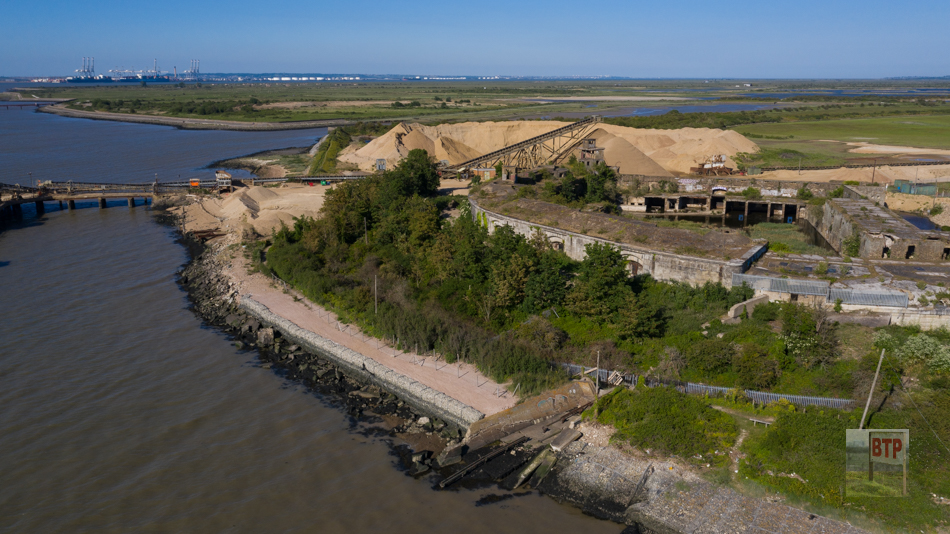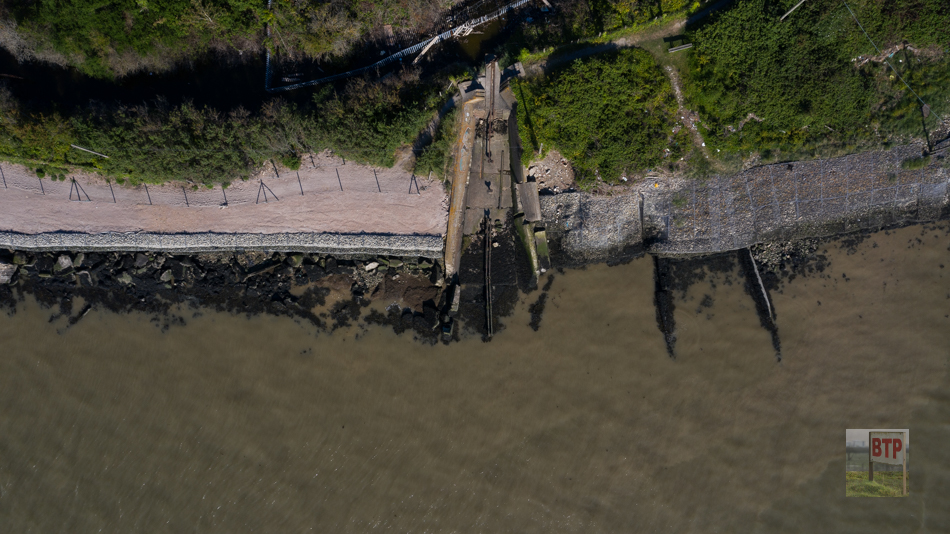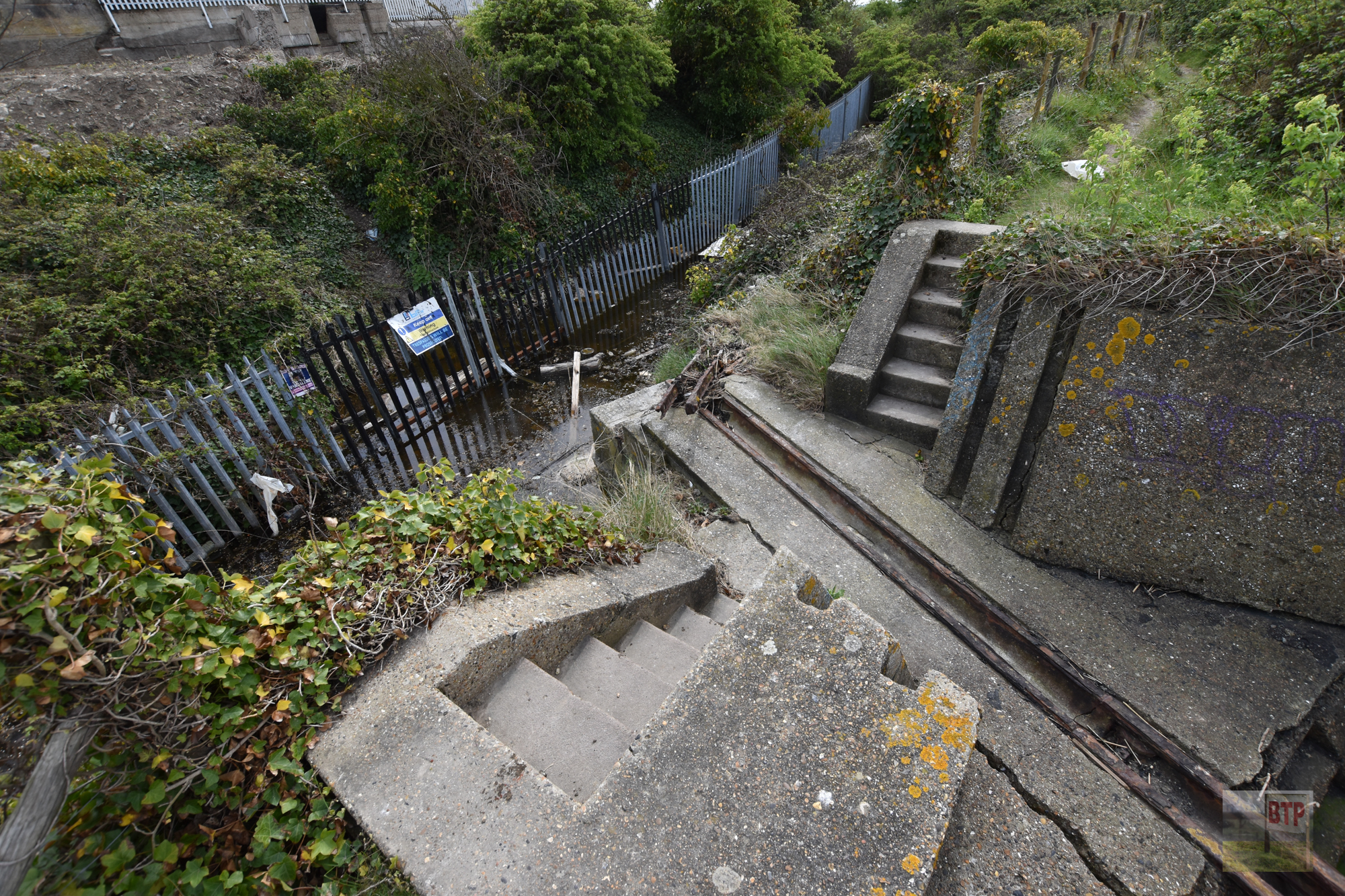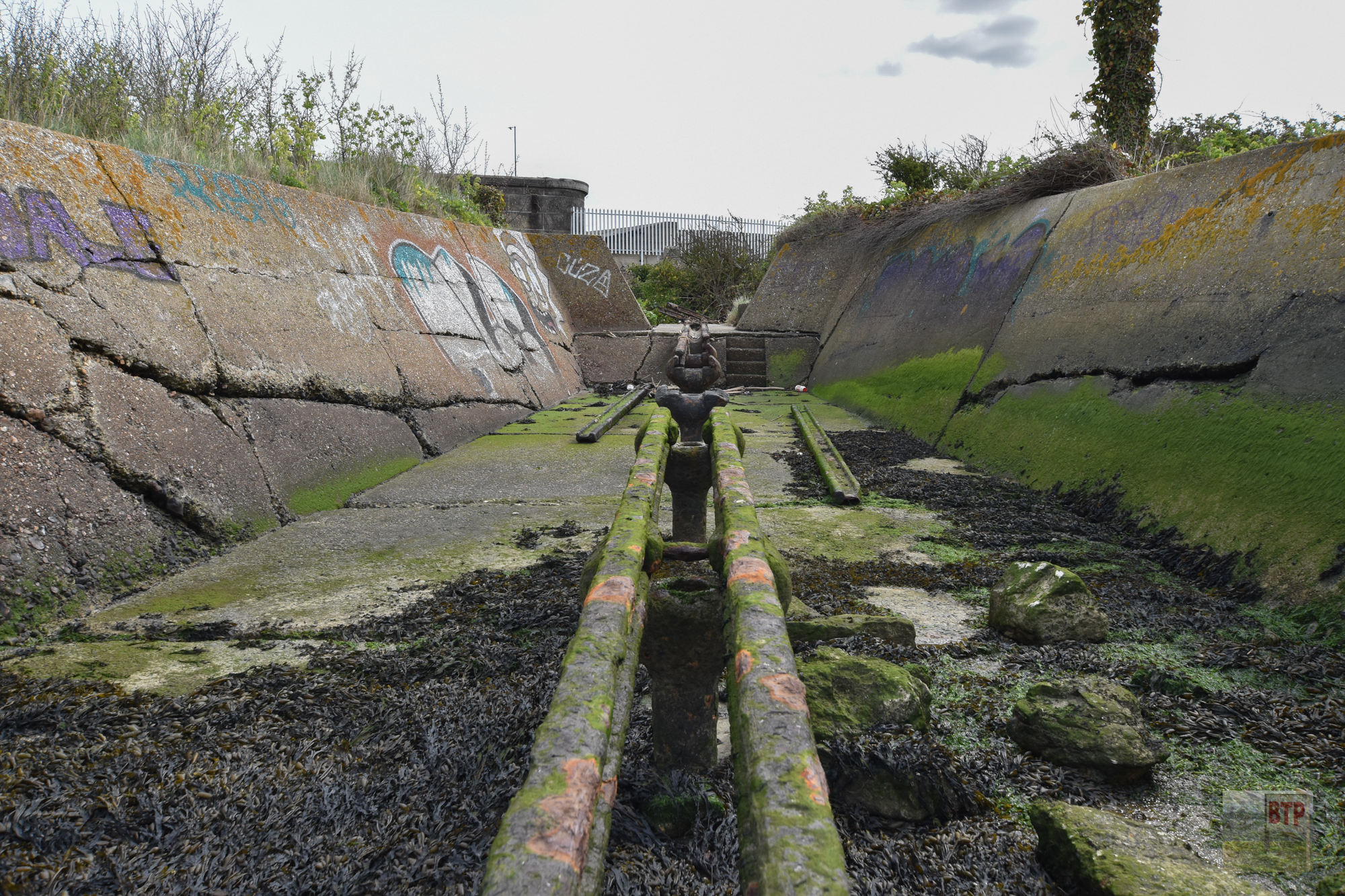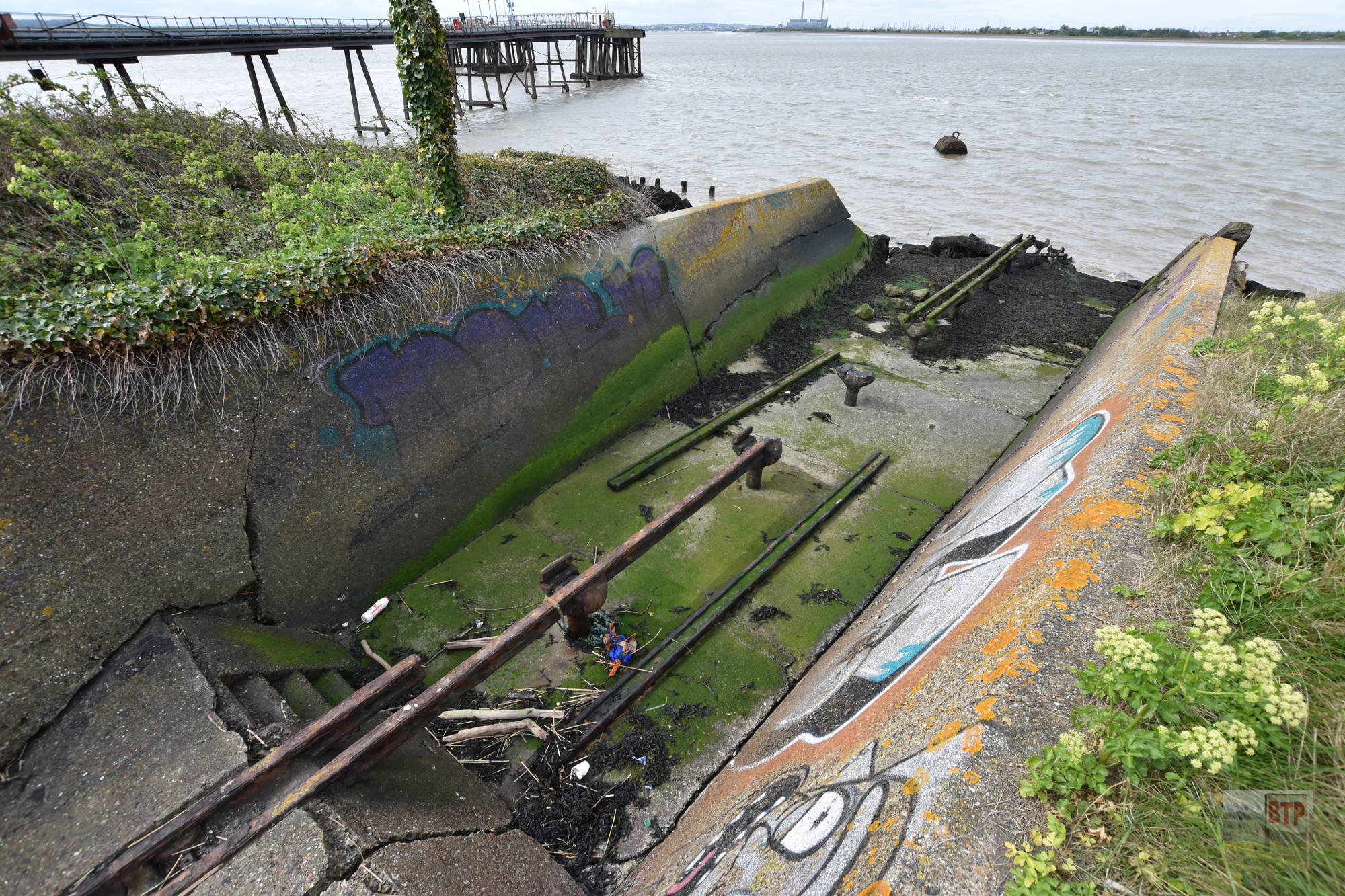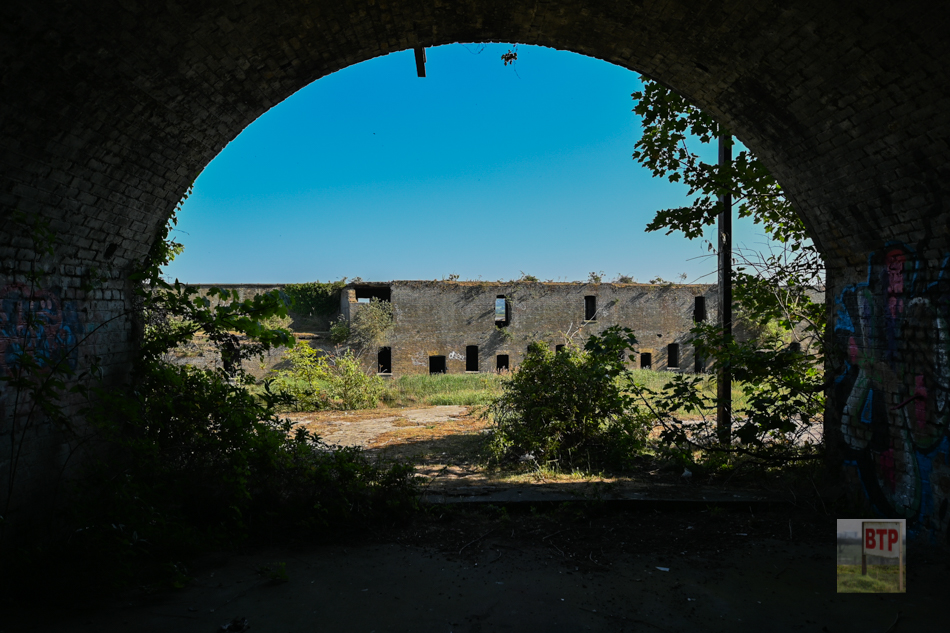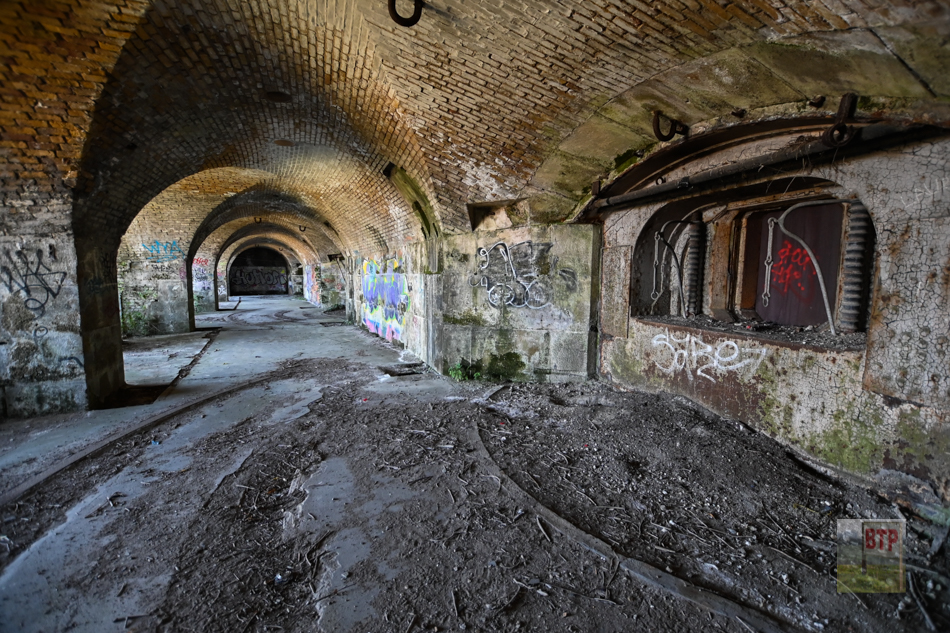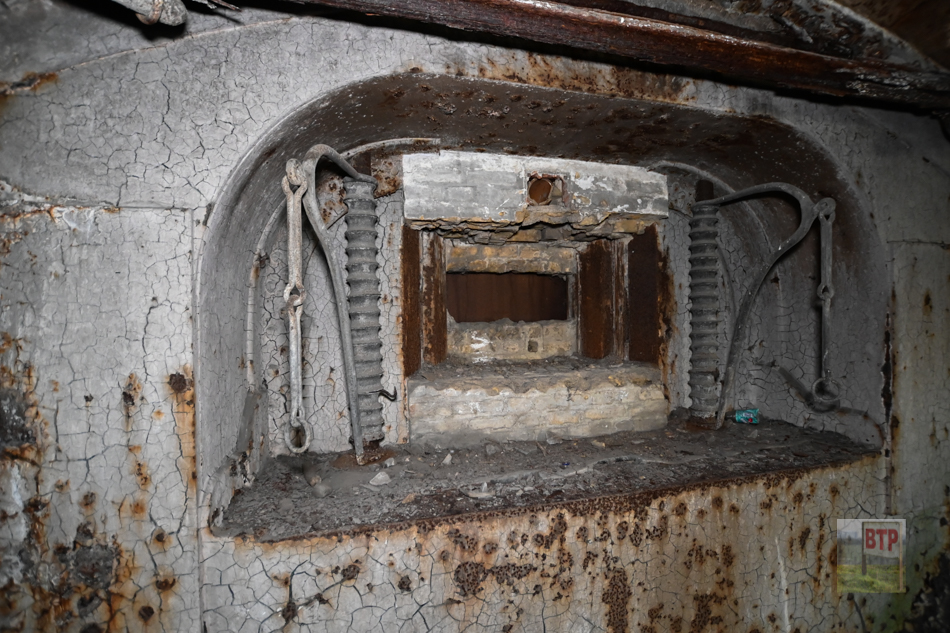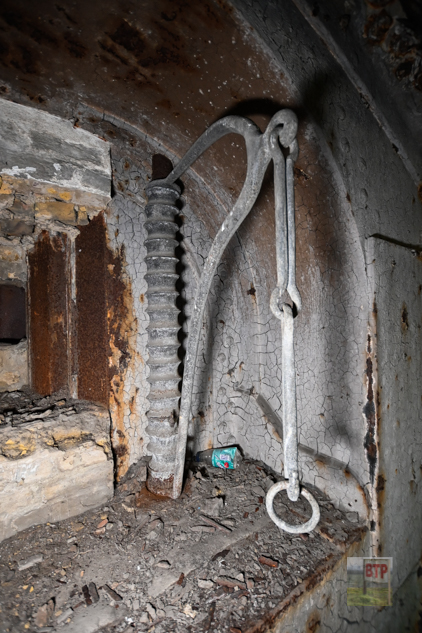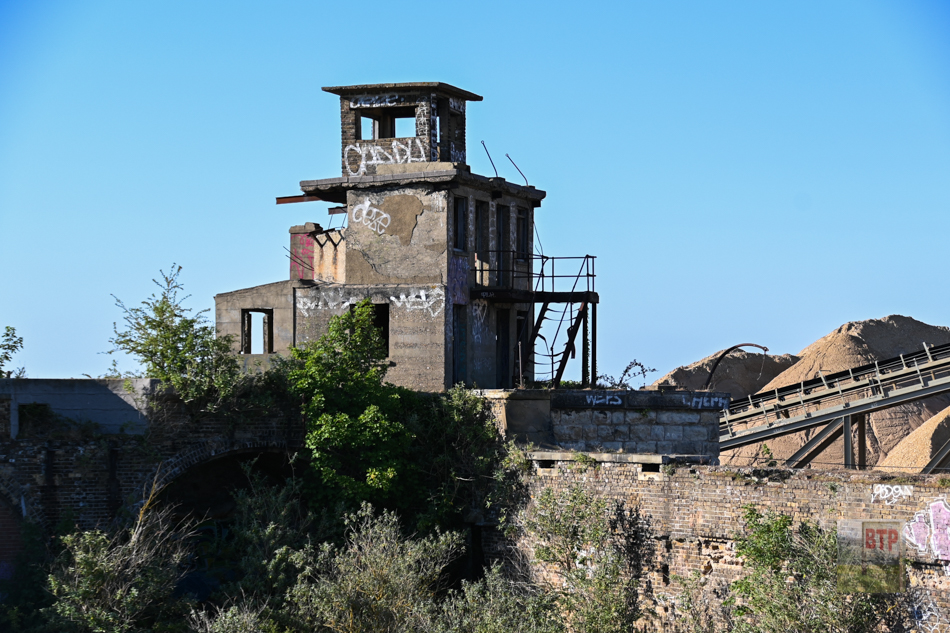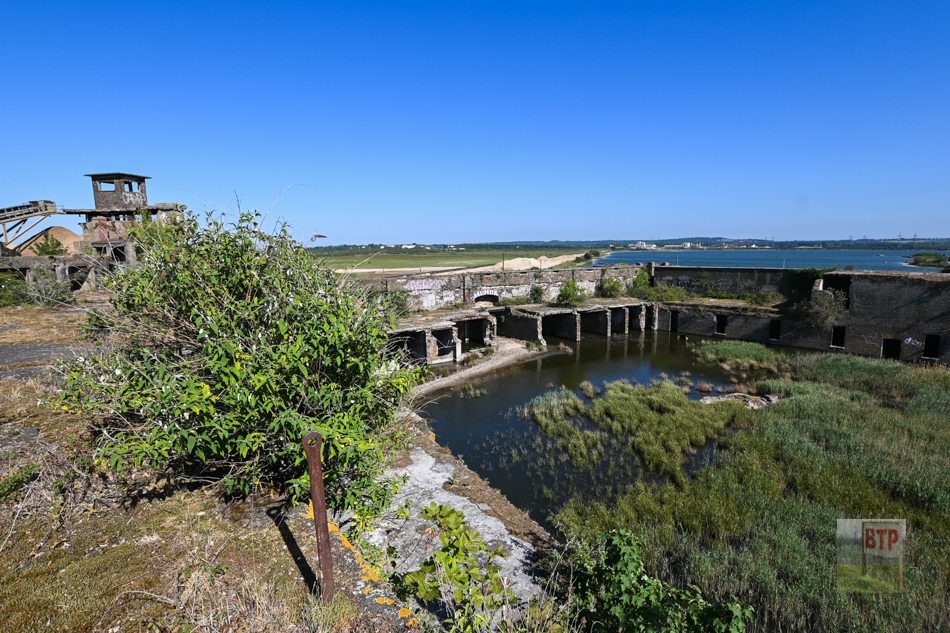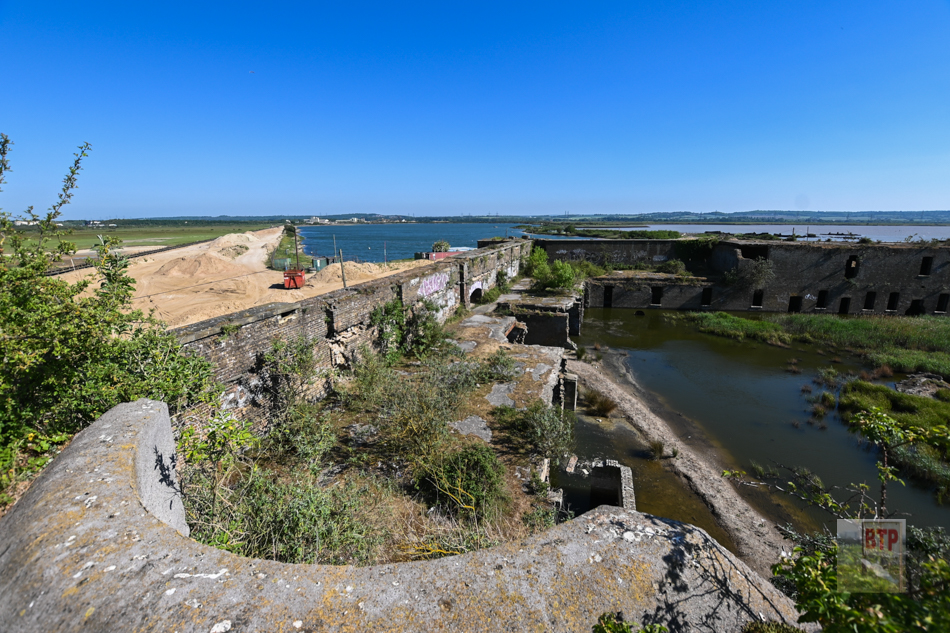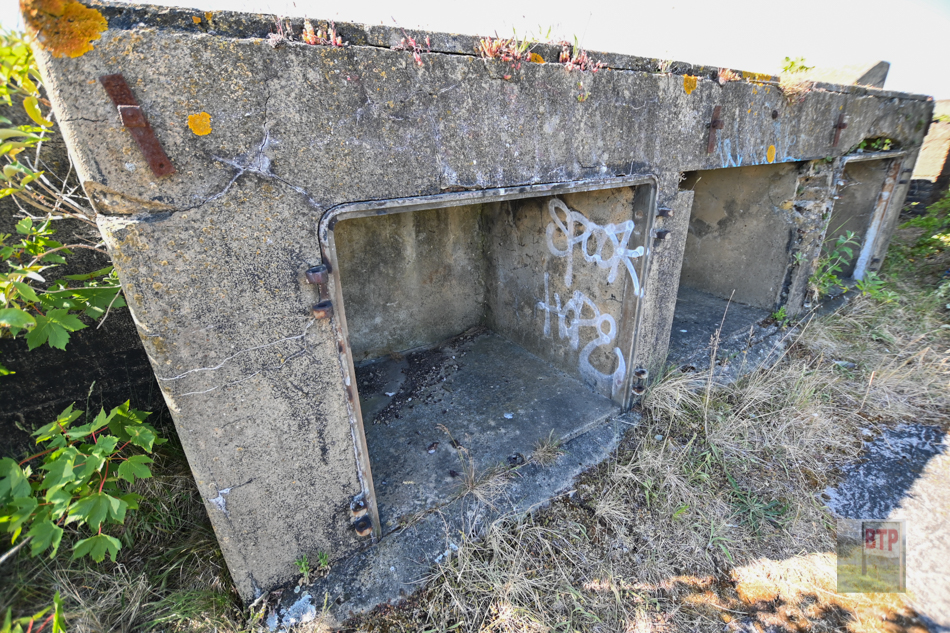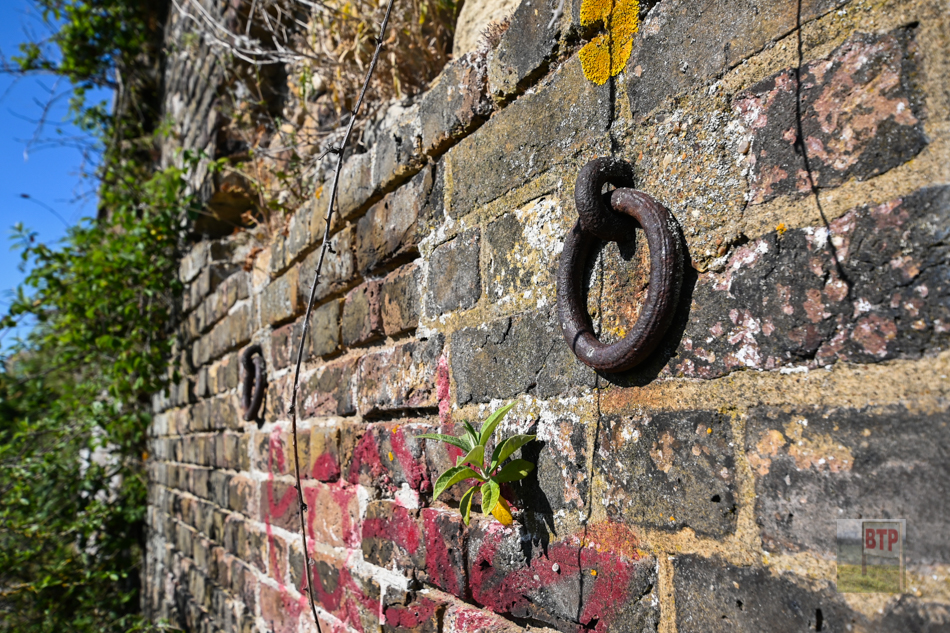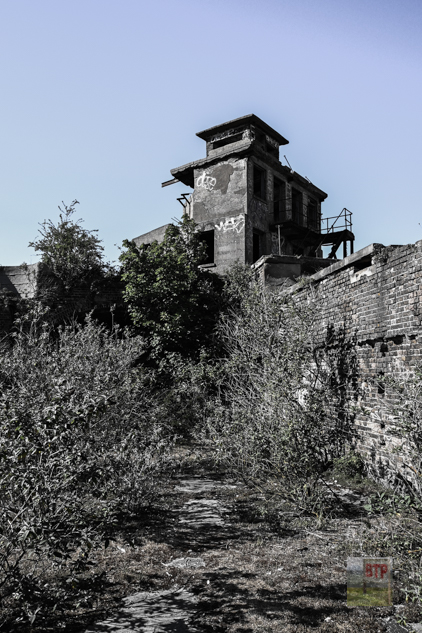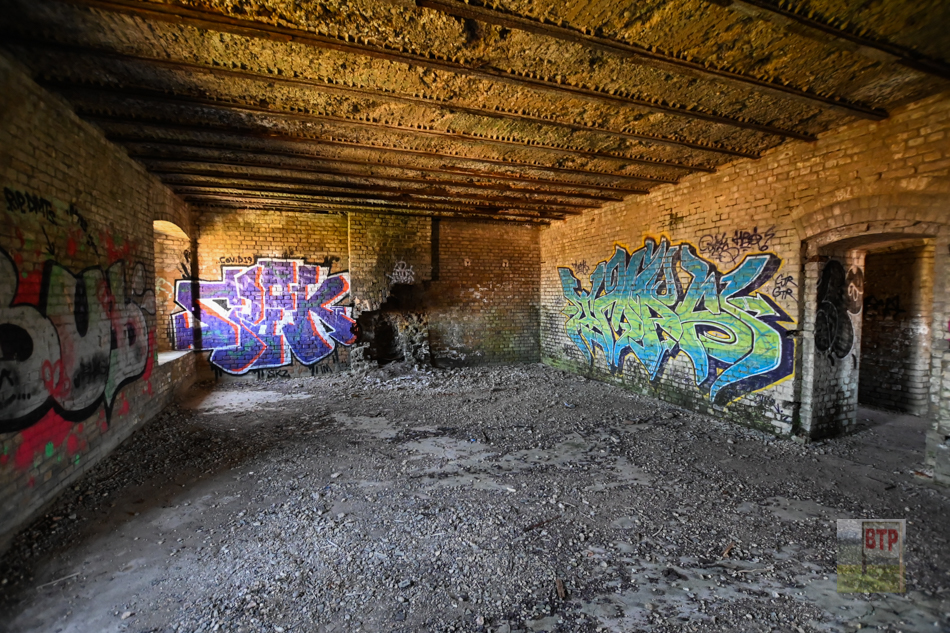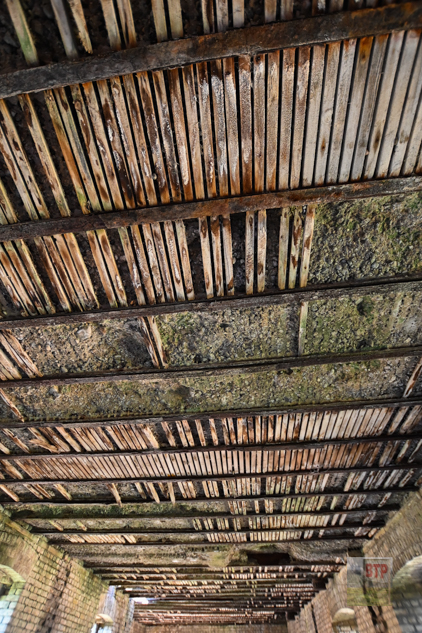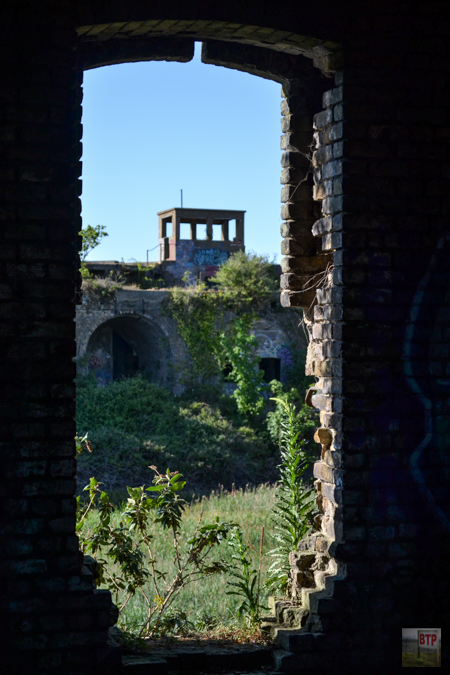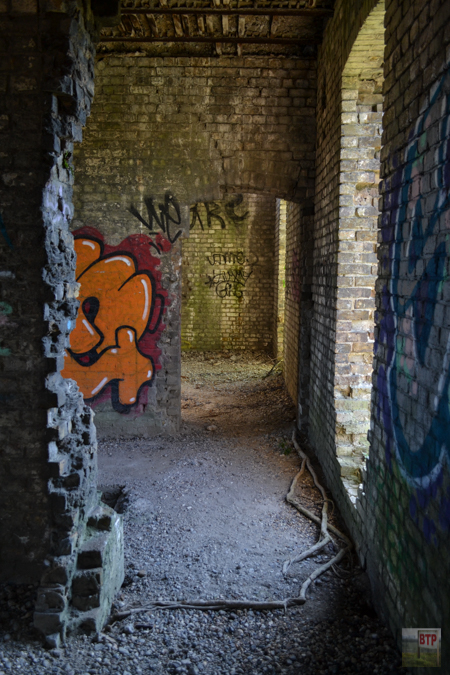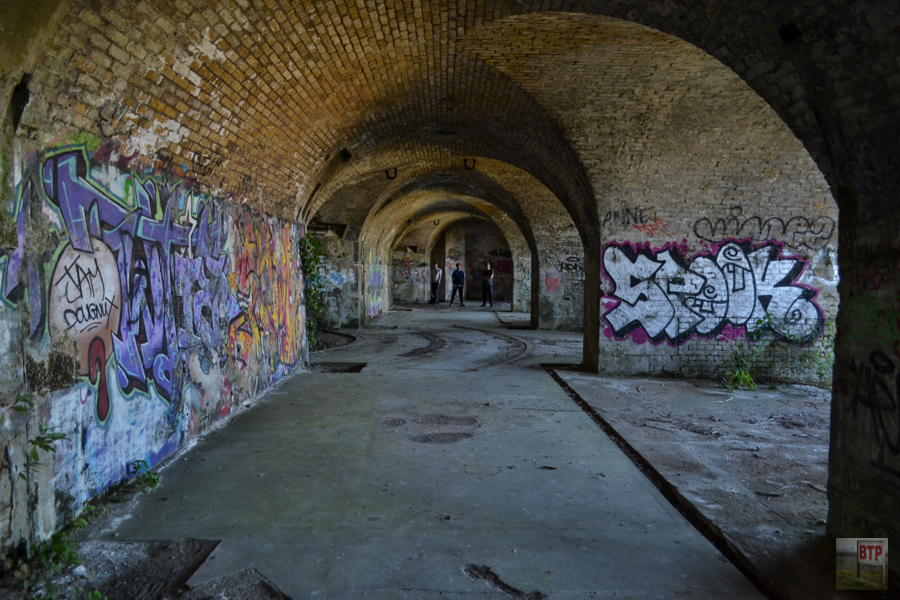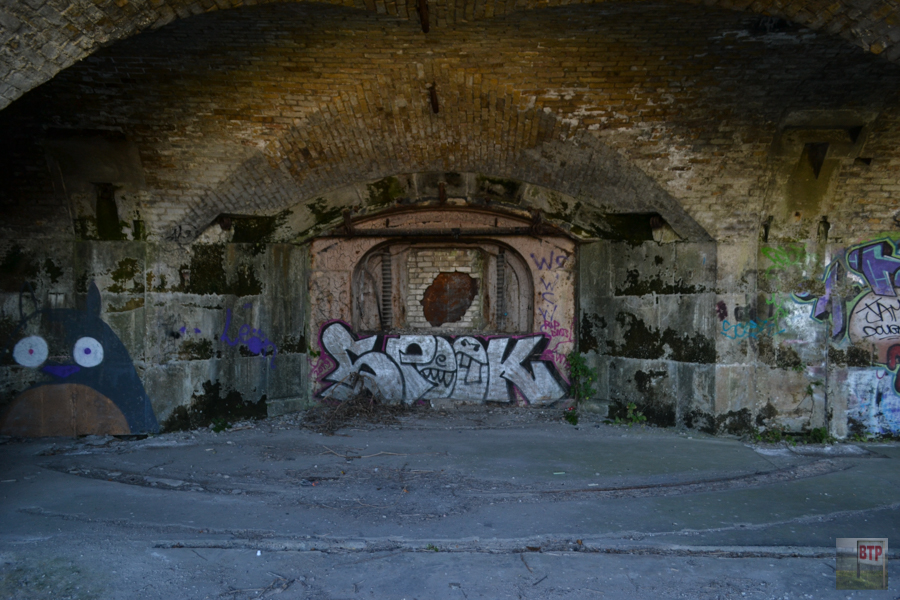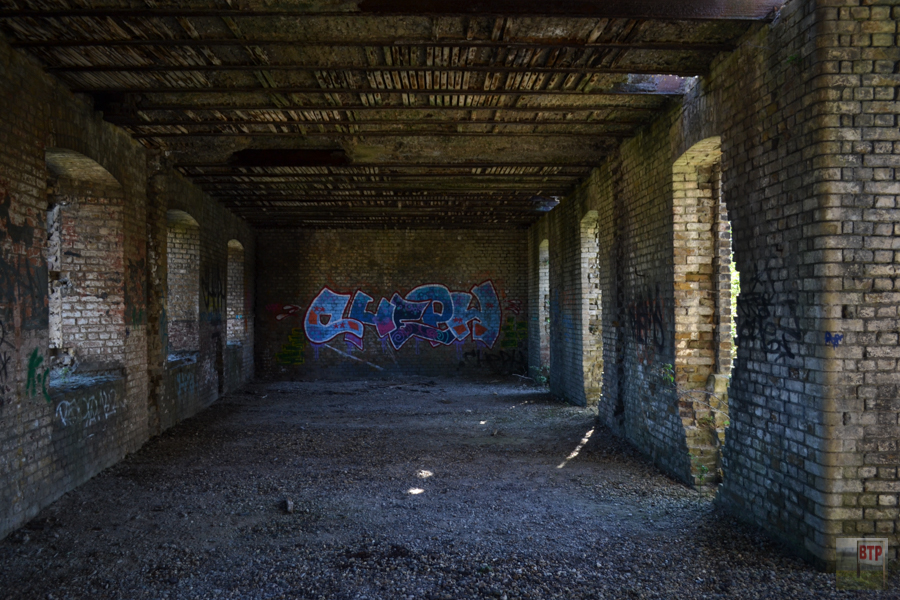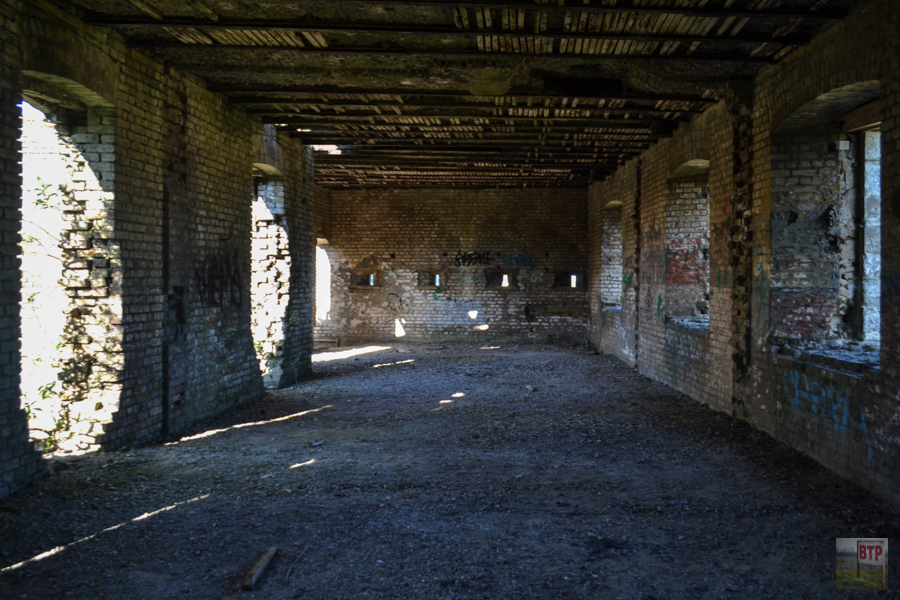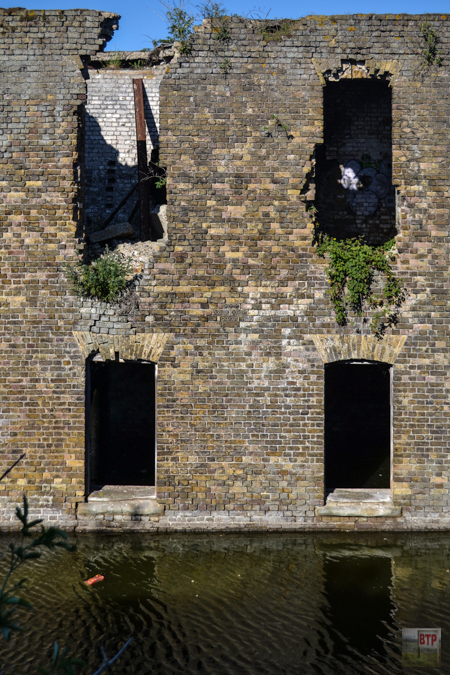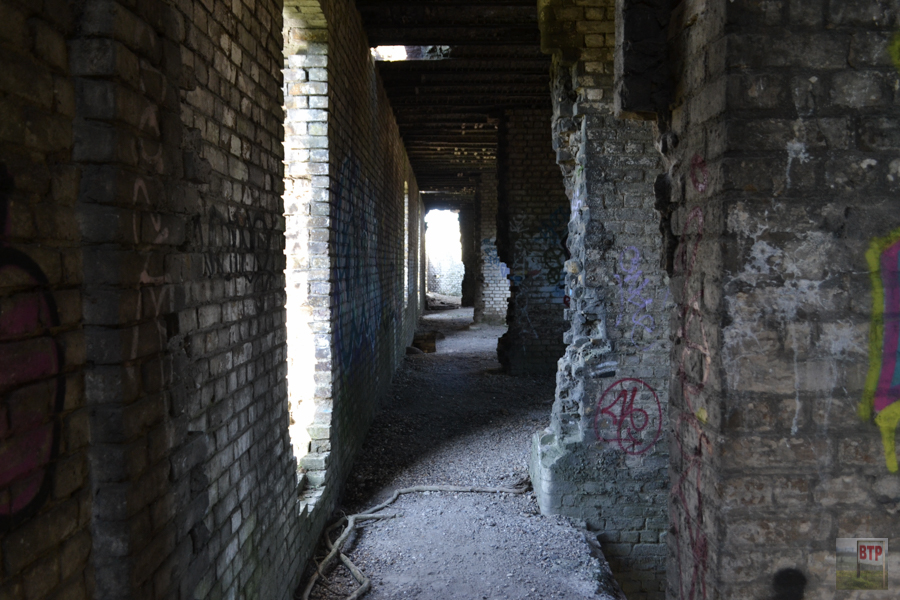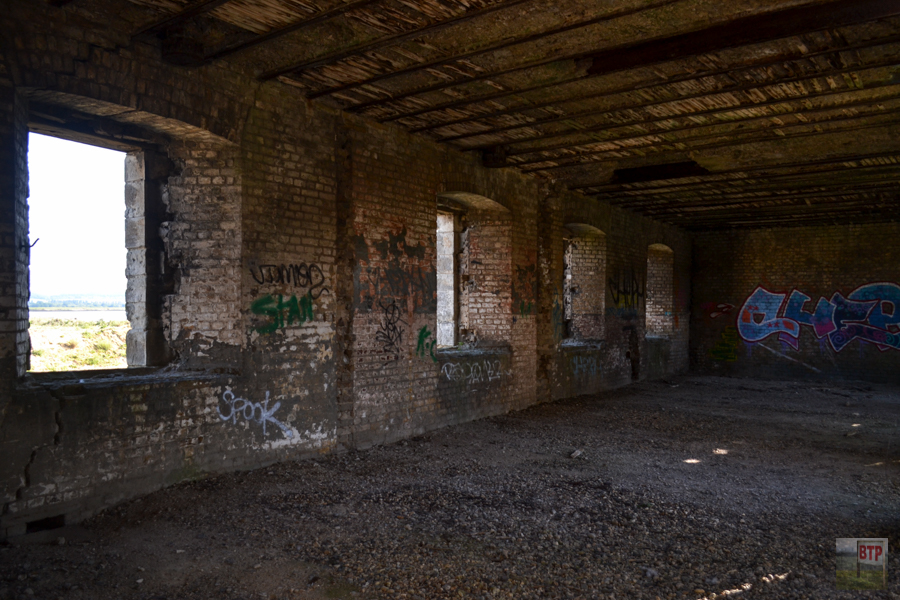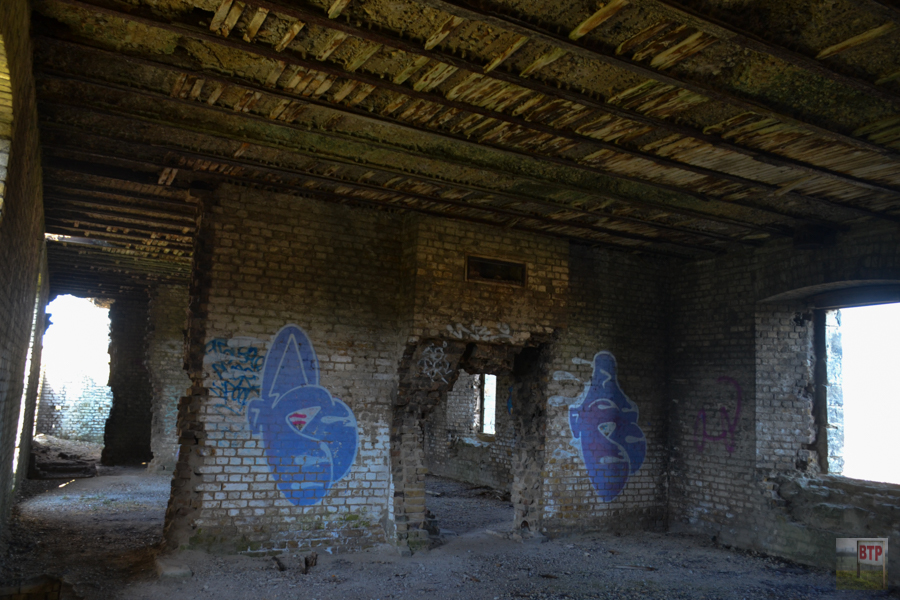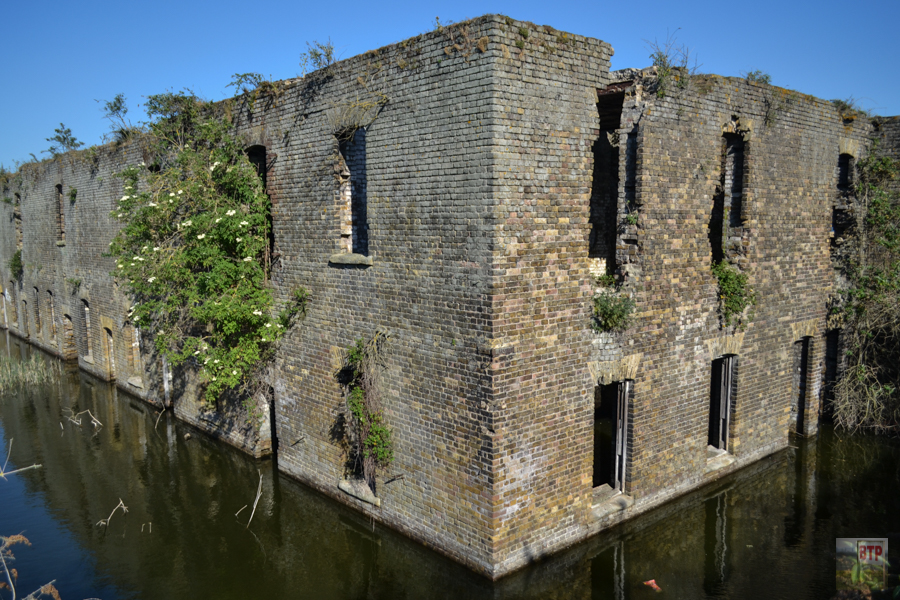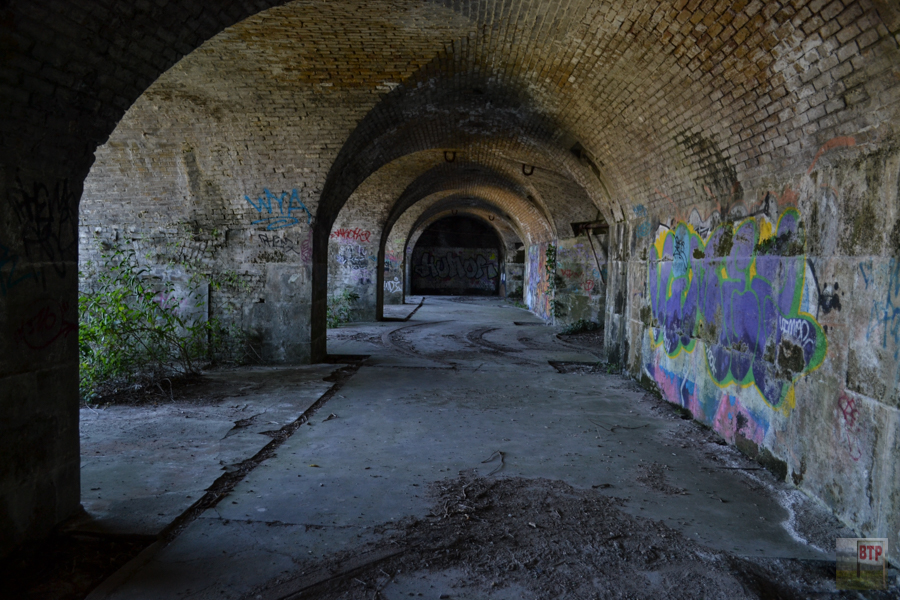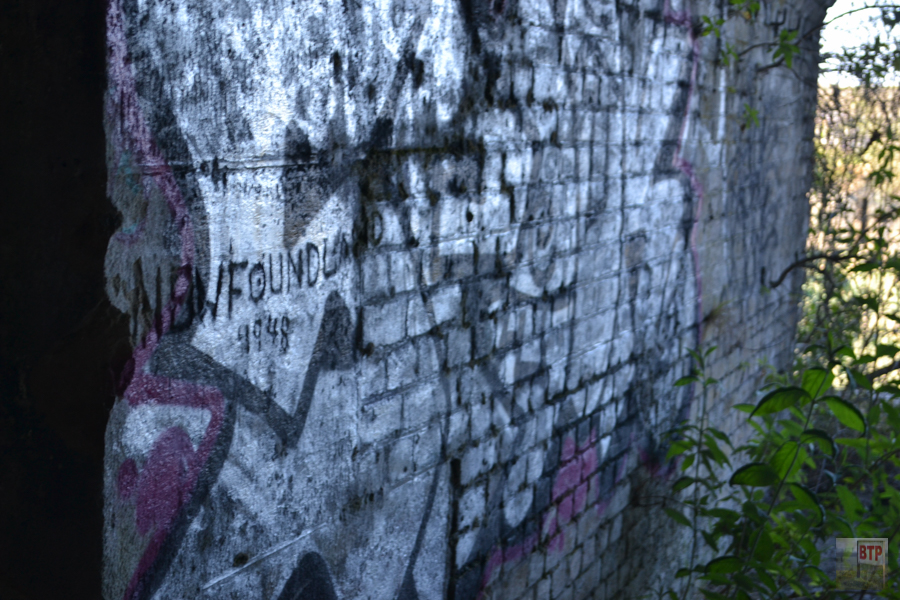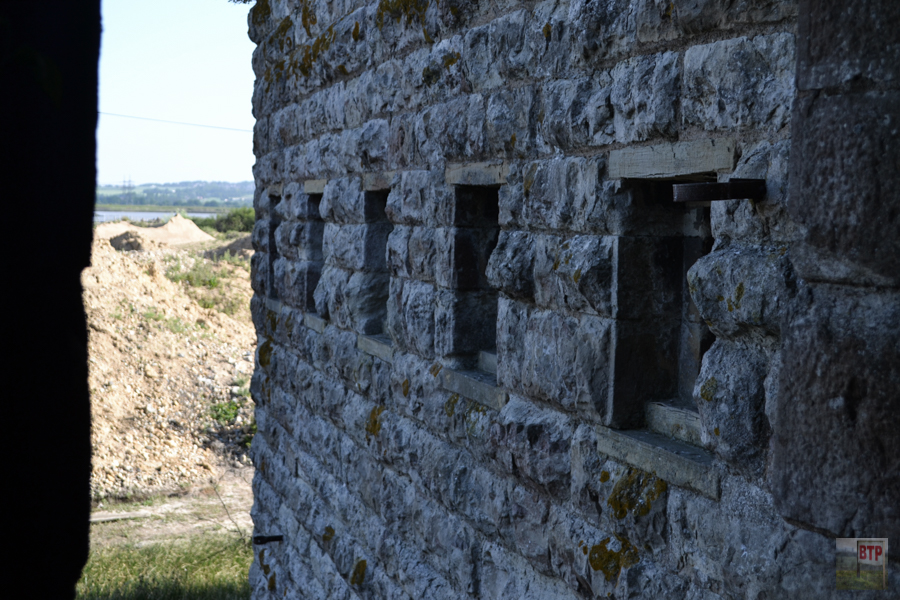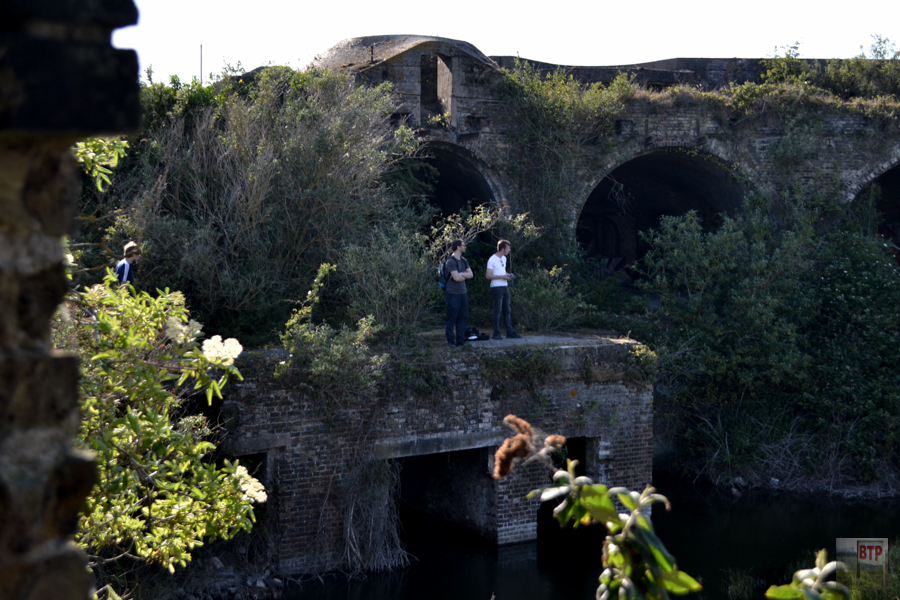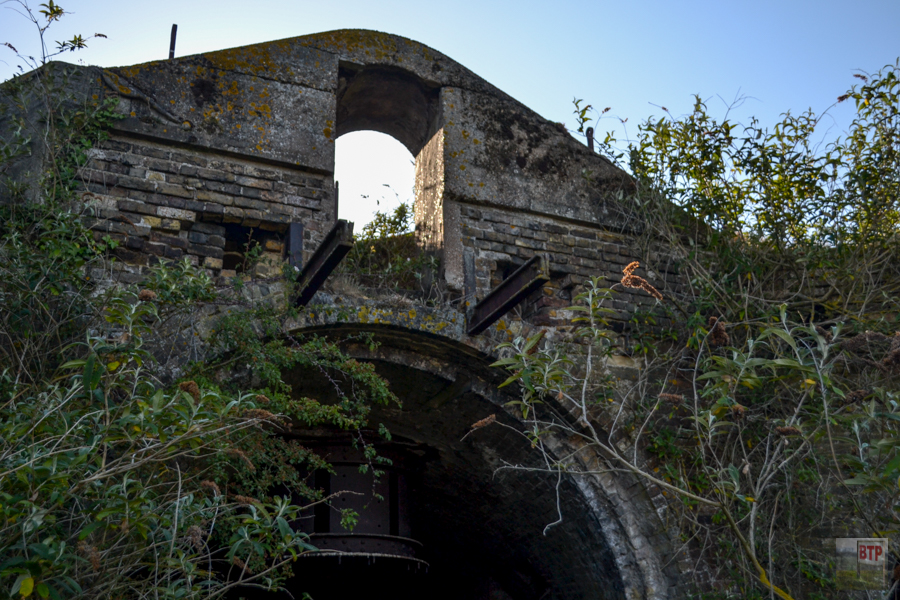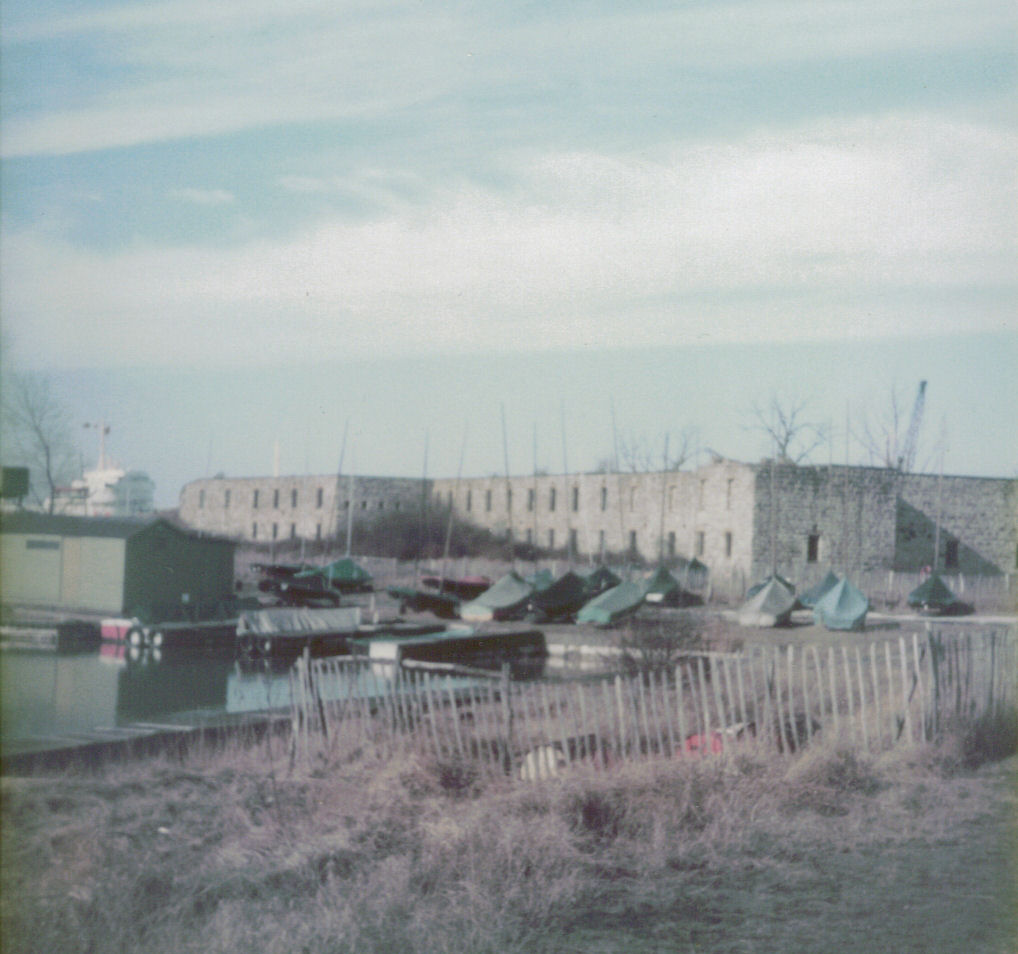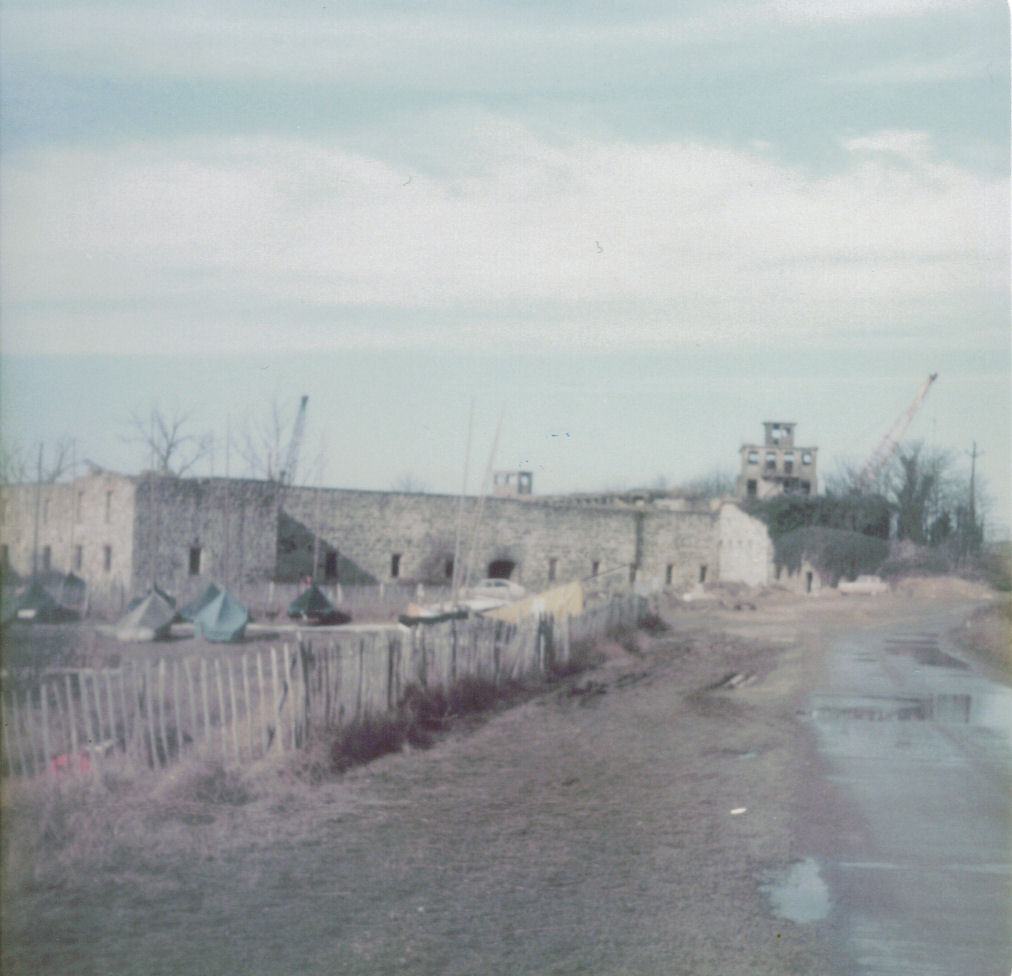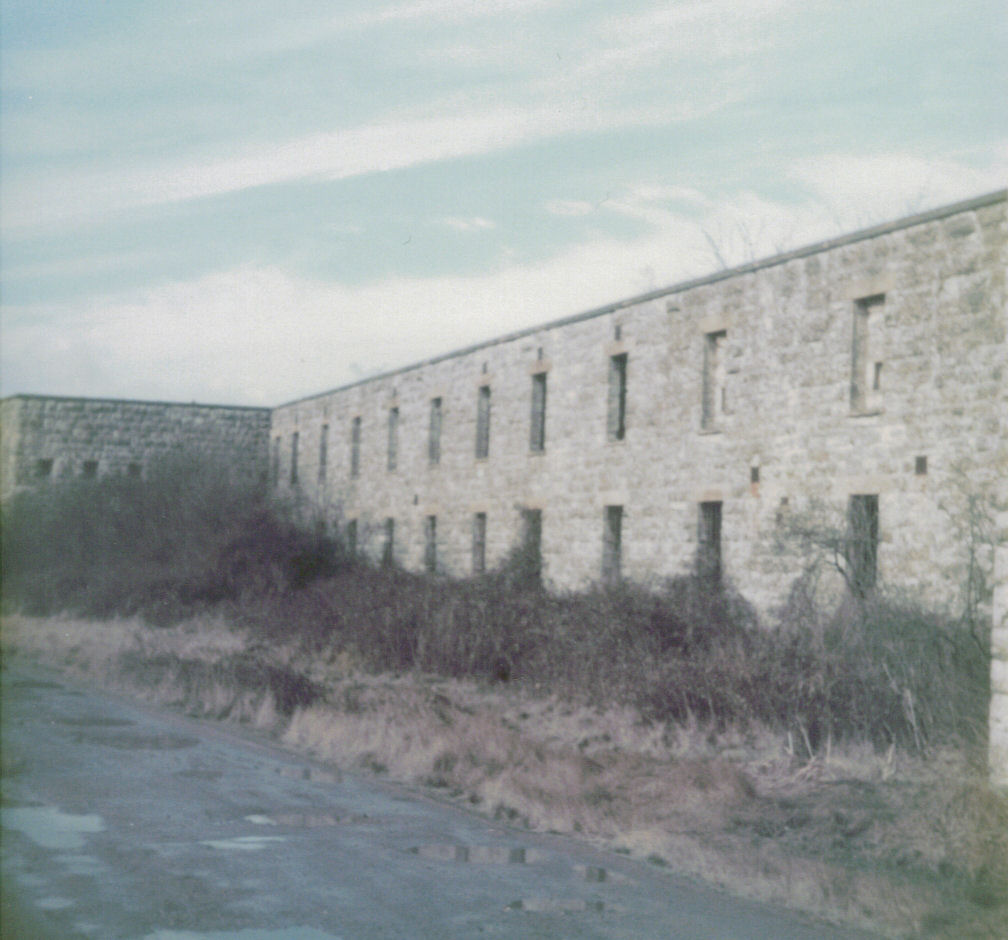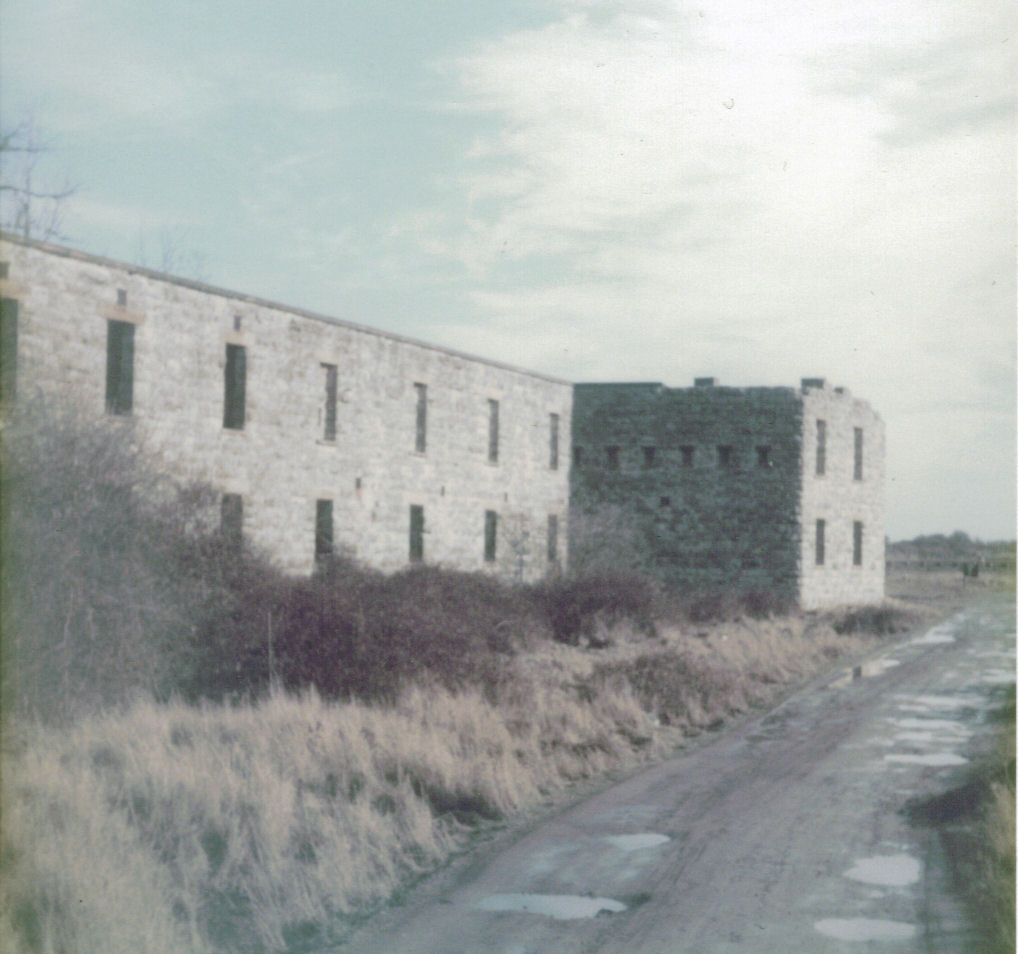Cliffe Fort is one of five coastal forts to survive along the River Thames/Meadway, in addition to Coalhouse, Garrison Point, Hoo and Darnet. Shornemead, Tilbury and Grain fort still survive however are inland more. Cliffe Fort was strategically positioned to be on a narrow bend of the Thames and also directly opposite Coalhouse Fort; just a short trip down the river from Tilbury and Shornemead – making this gateway to London one of the most guarded waterways in the UK.
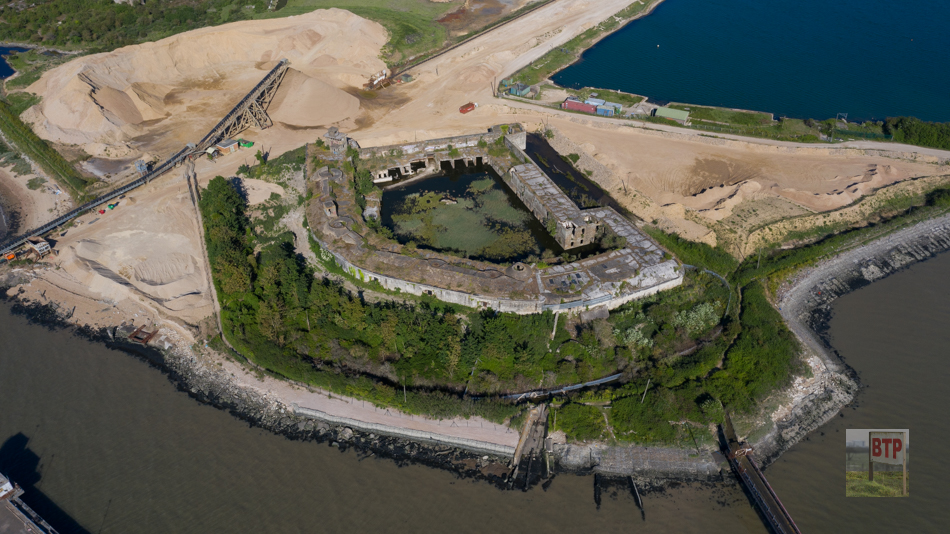
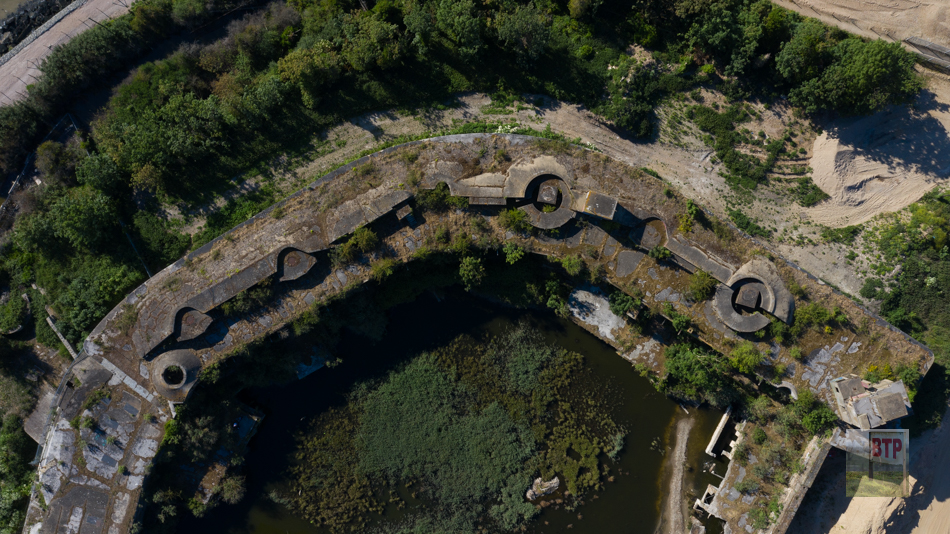
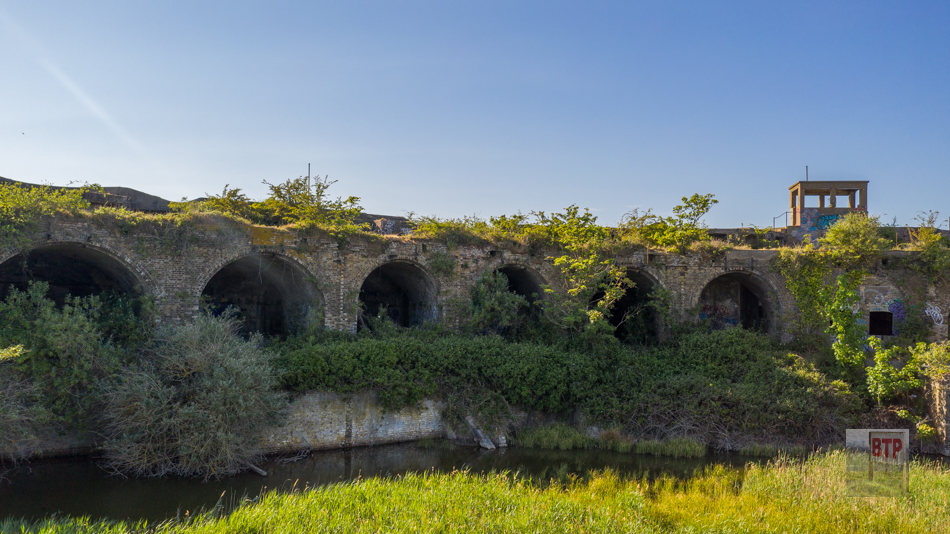
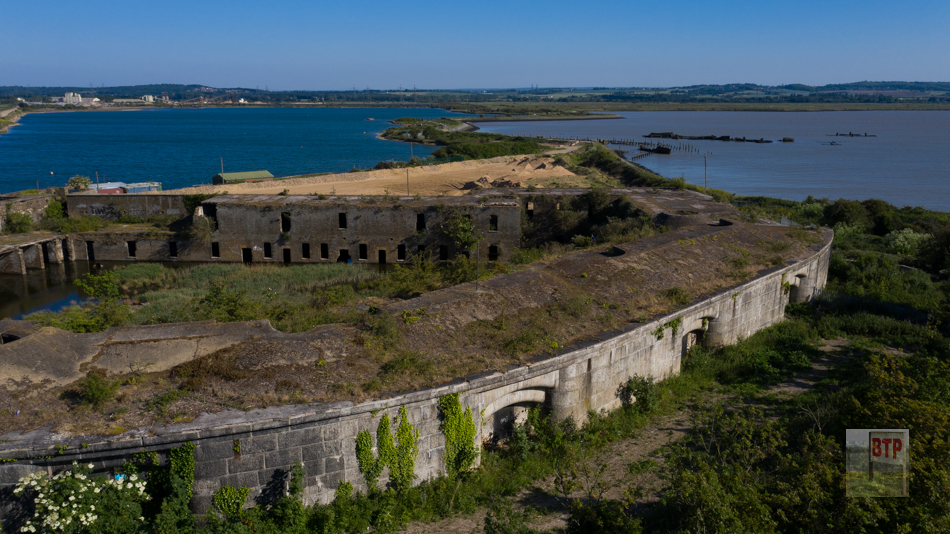
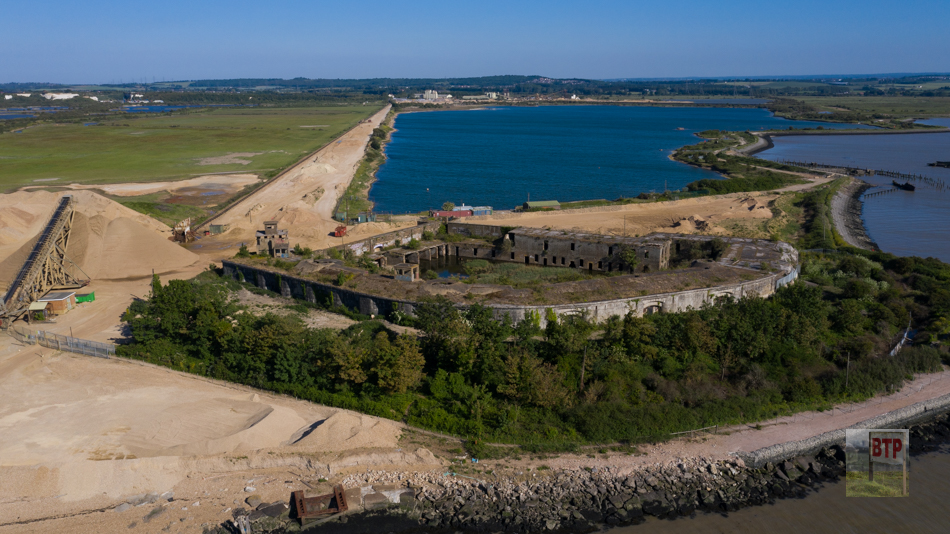
Construction started in July 1861 and took nine years to be built at a cost of around £162,000. Initially thirteen guns were supposed to arm the fort however due to the unstable land the fort was built on, it was decided to make the fort smaller and arm it with ten guns. The fort’s main armament by 1887 consisted of two 12.5-inch and nine 11-inch RMLs mounted in casemates plus two 9-inch RMLs in open battery at the upriver end. The arc of fire of the guns was designed to cross with that of Coalhouse and Shornemead Forts. Fire control positions for optical range-finders were later added to the roof, as this was the highest position for miles.
In around 1890 a launch station for a Brennan Torpedo was installed. Reaching speeds of up to 31mph and distances of 1,800 metres, the Brannan is described at the world’s first guided missile. Due to the difficulty of launching them at night and their short range, the Government recommended that all Brennan Torpedo stations should be removed and Brennan ceased manufacturing them in 1906. The station still survives today with the original rails still in place.
Rearmament took place in the Second World War which saw two 4″ BL guns installed to fire at enemy aircraft. The fort was abandoned after the war and hasn’t been used since. We first visited the fort on our infamous camping trip of 2013, re-visiting in 2017 and most recently the summer of 2020. Little has changed over the past seven years with the fort still overgrown and badly flooded.
2013 Thames Hike Explore
Back in 2013 the BTP crew took an overnight hike from Gravesend to Cliffe, exploring Newtavern, Shornemead, and Cliffe Fort as well as Curtis & Harvey’s explosives factory, with a wildcamp stop. This was our first look at the fort, and thankfully it hasn’t changed all that much by 2020. Here are some of our best photographs for the sake of posterity.




1970s’ photos from SpaceWarp
The following images are used kindly under the permission of Dave from SpaceWarp. They feature the fort during the 1970s before the ground floor became flooded.
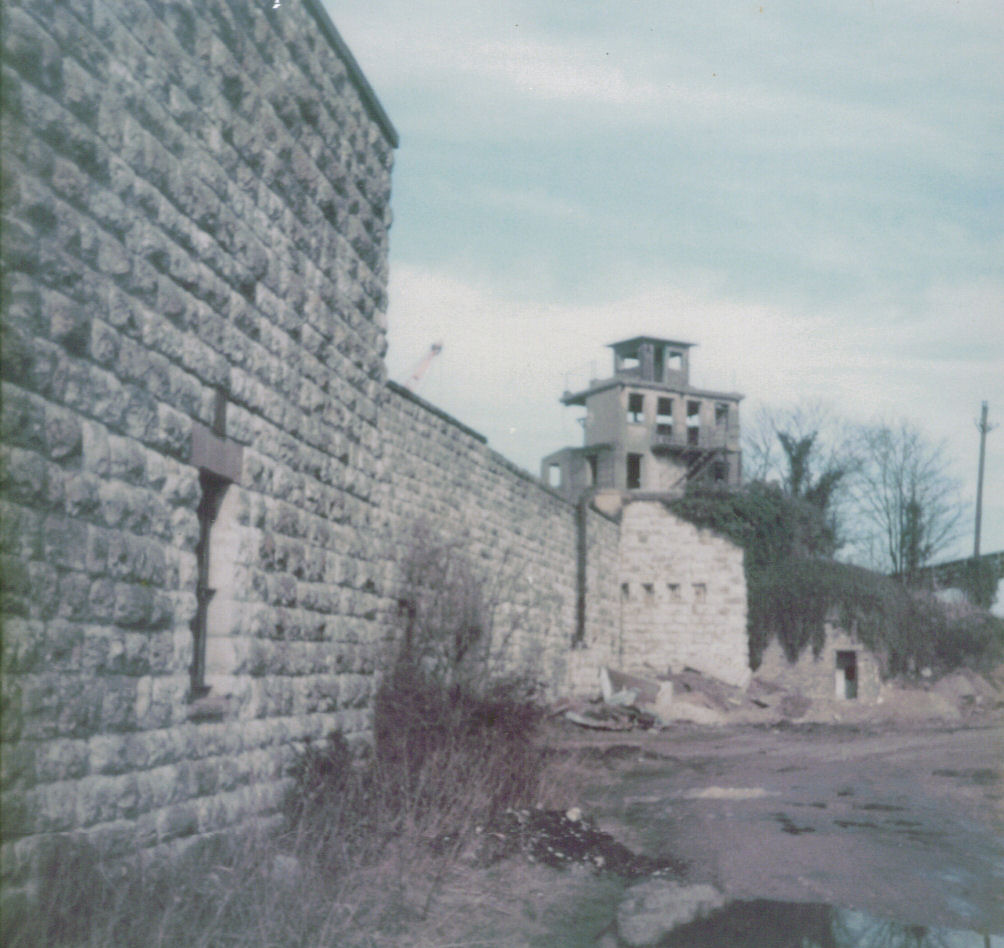
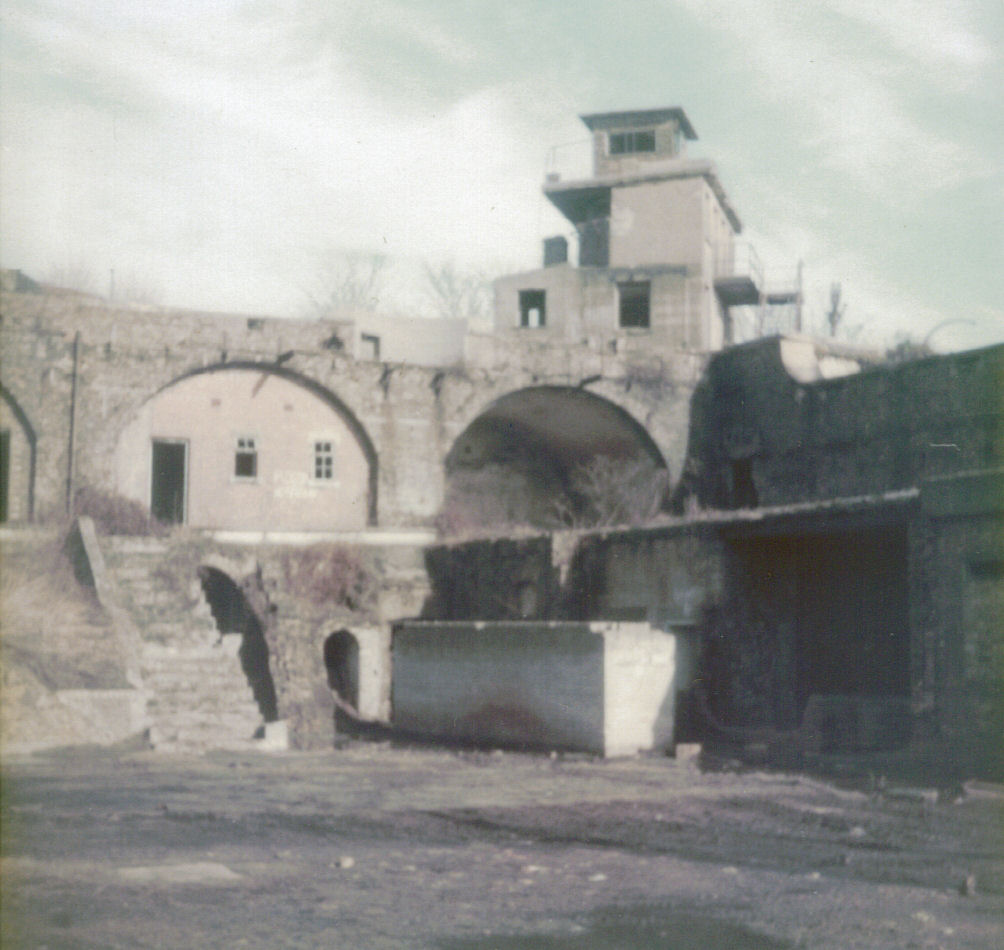
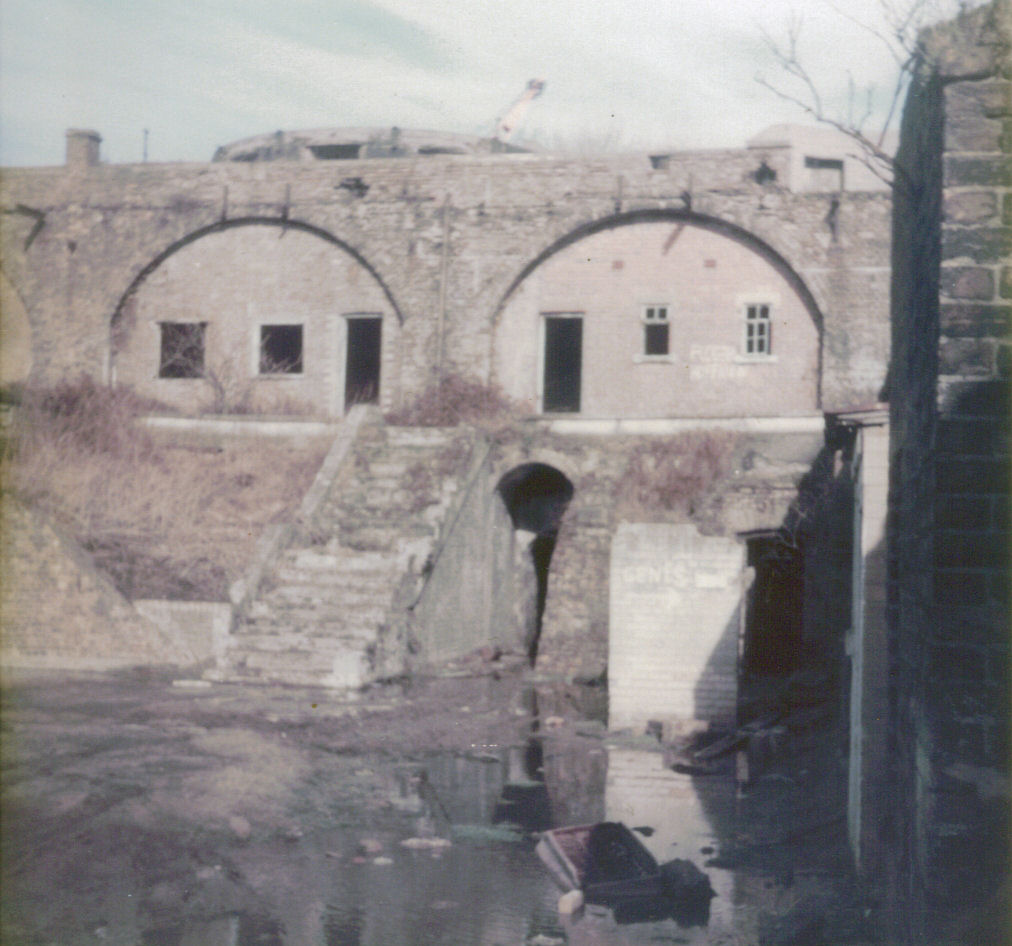
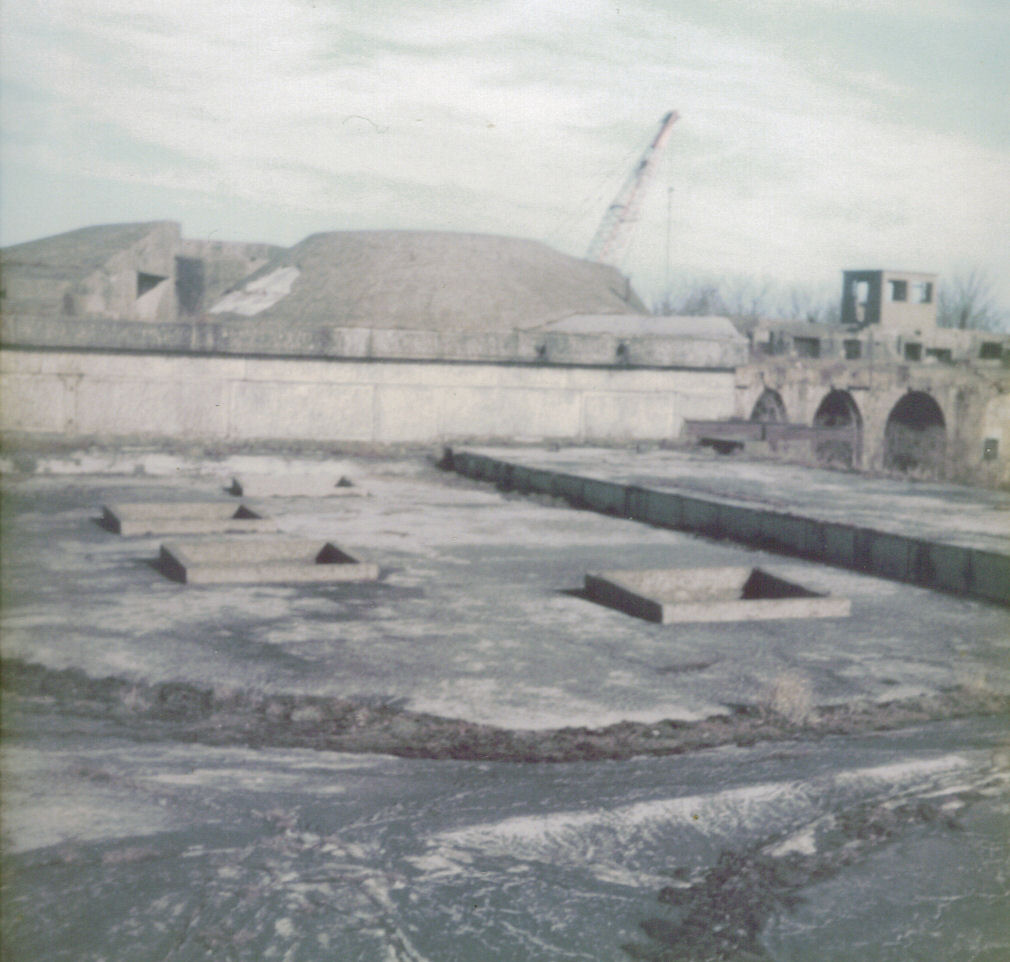
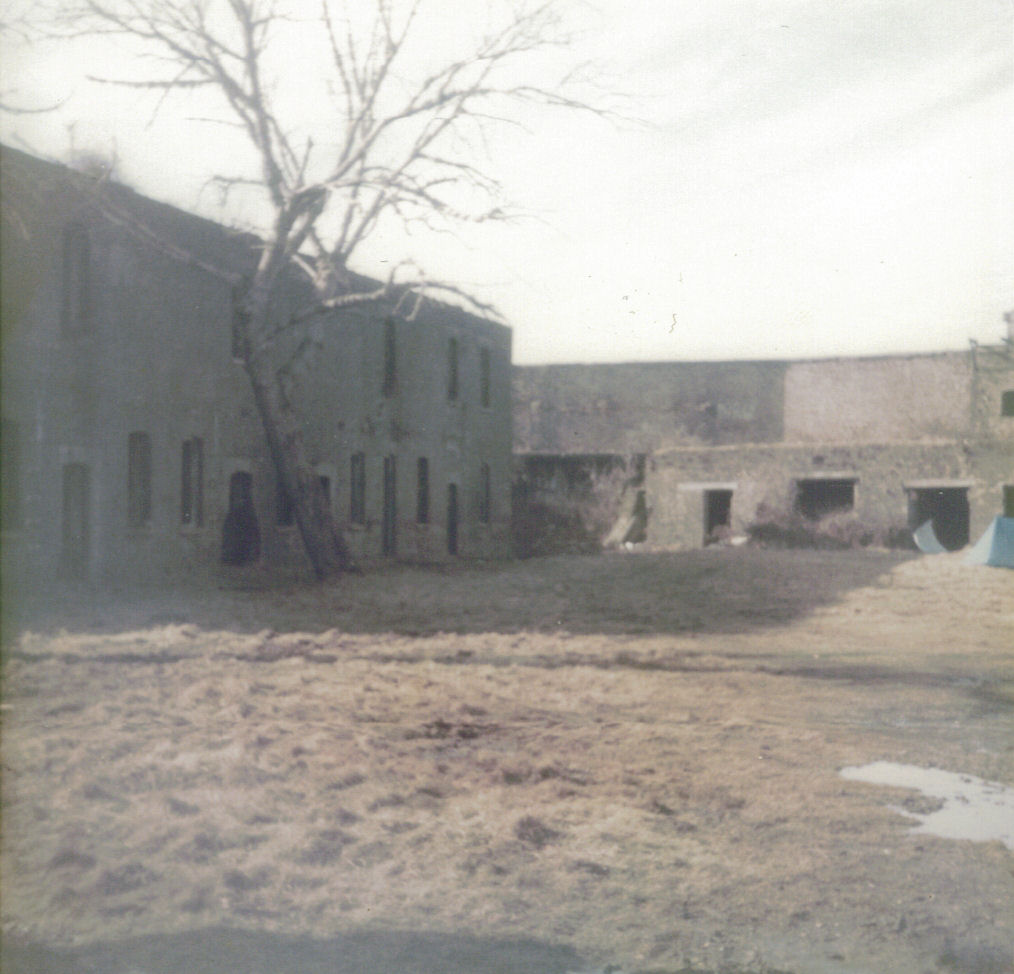
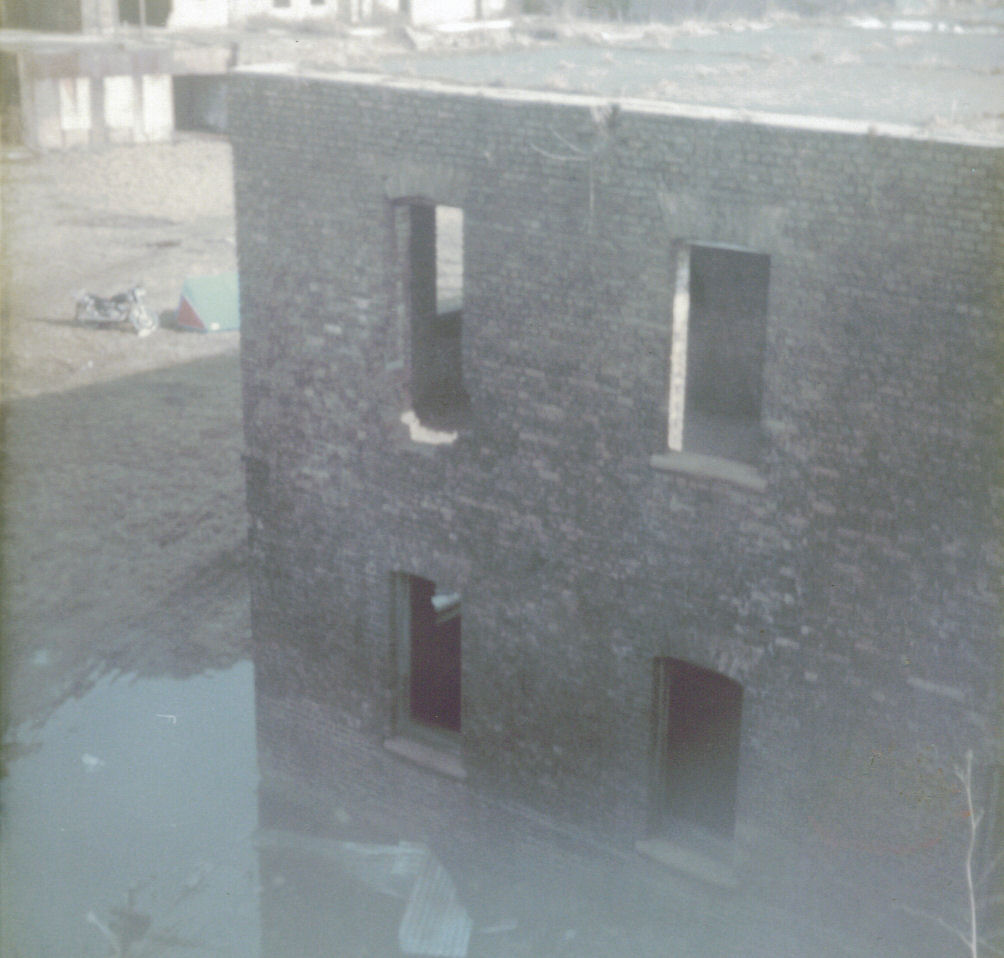
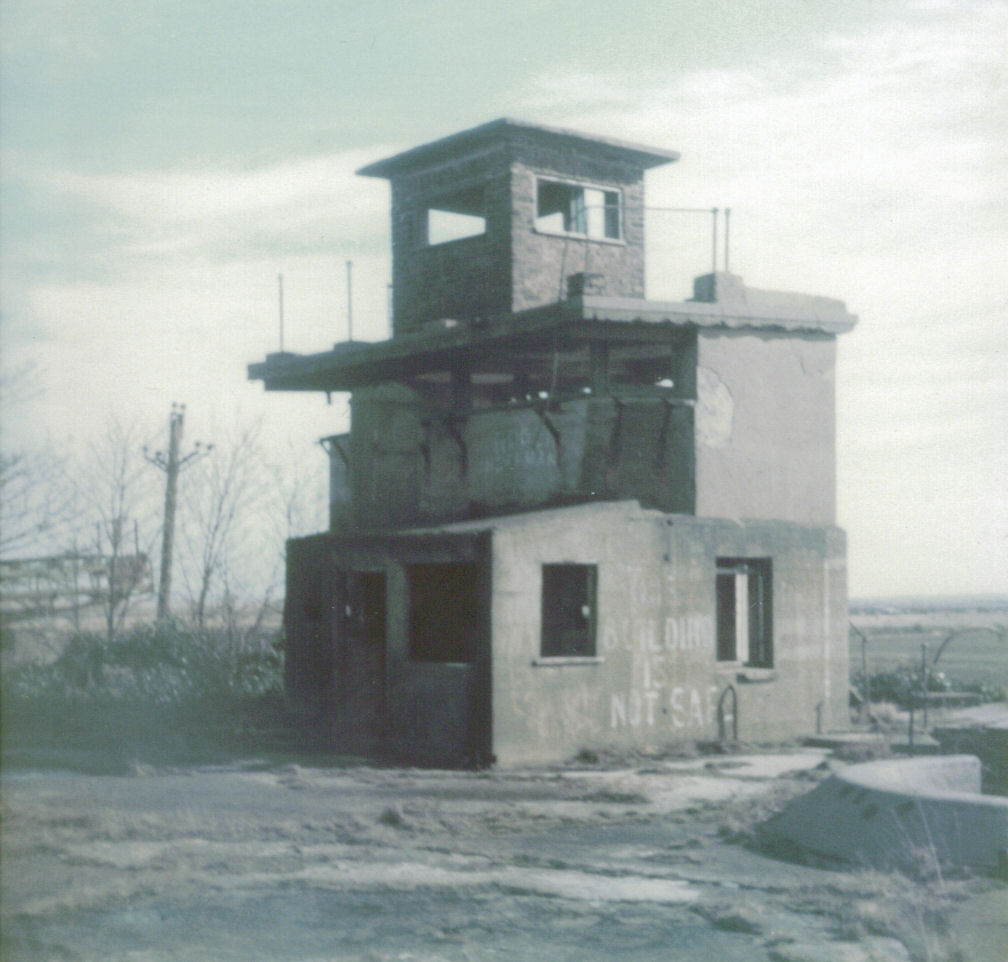
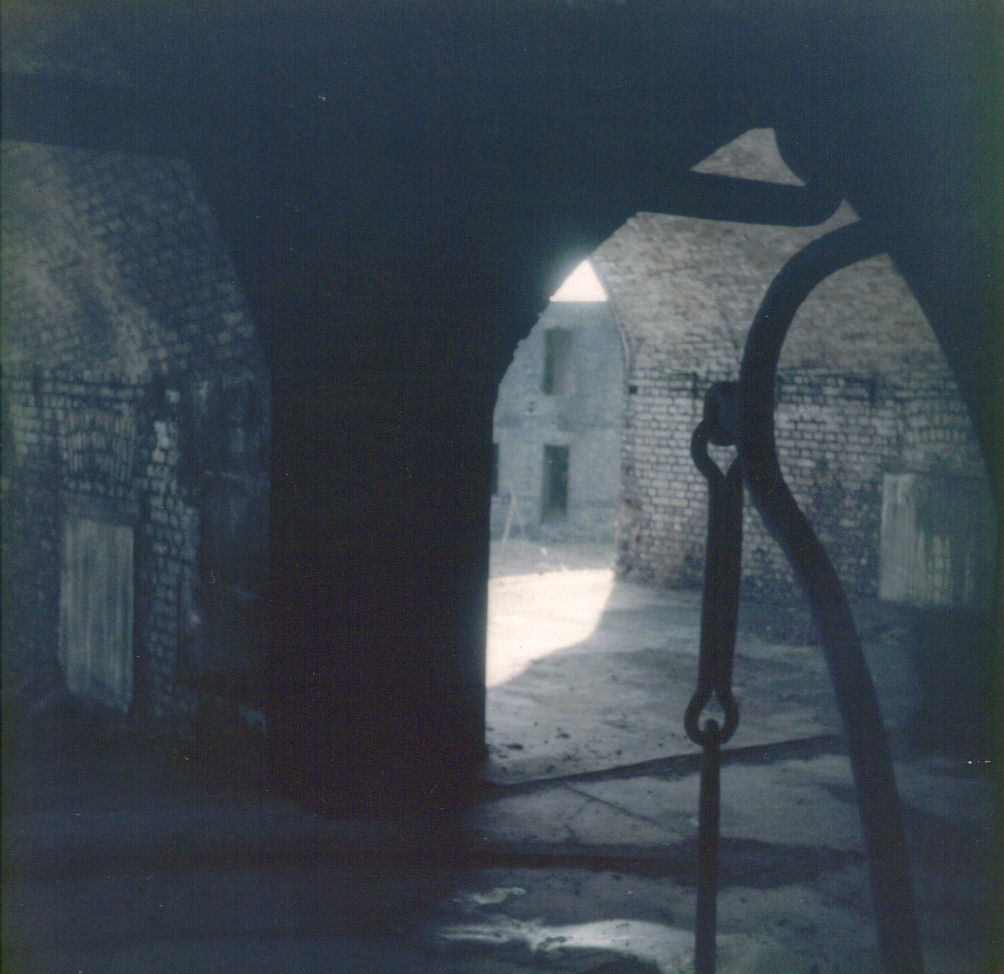

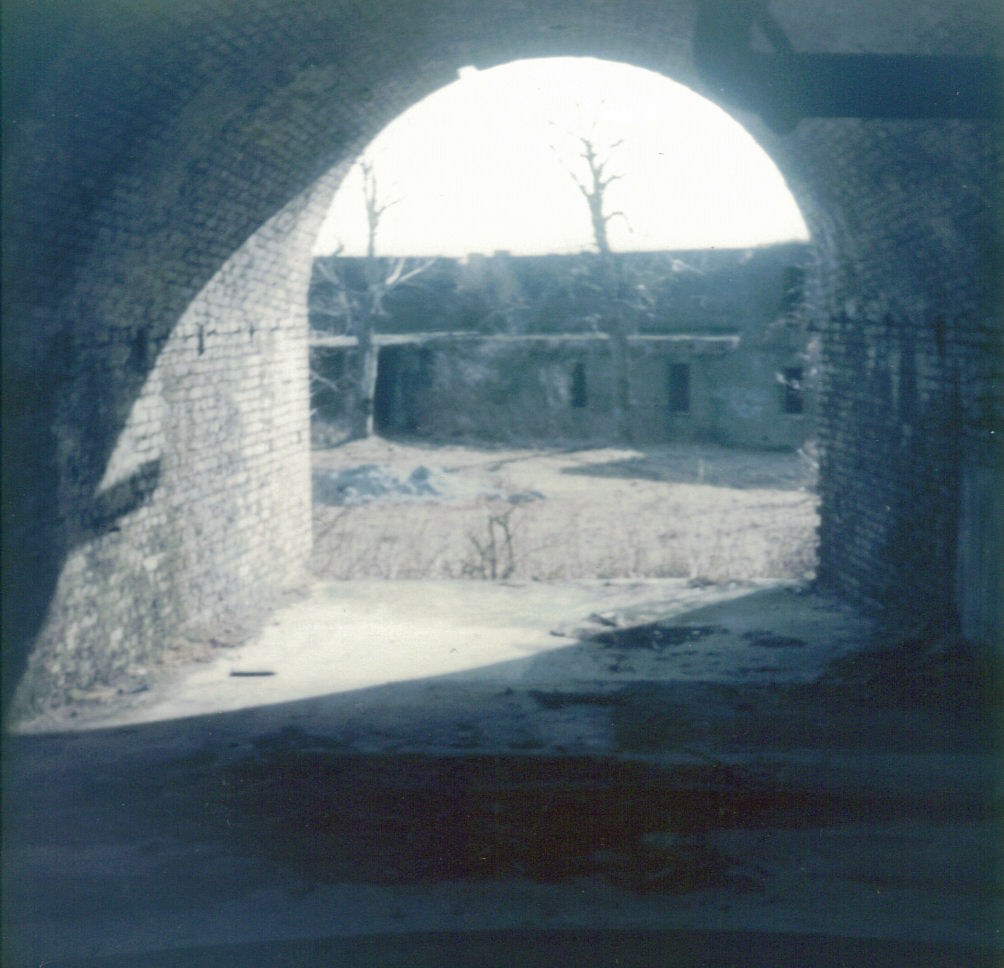
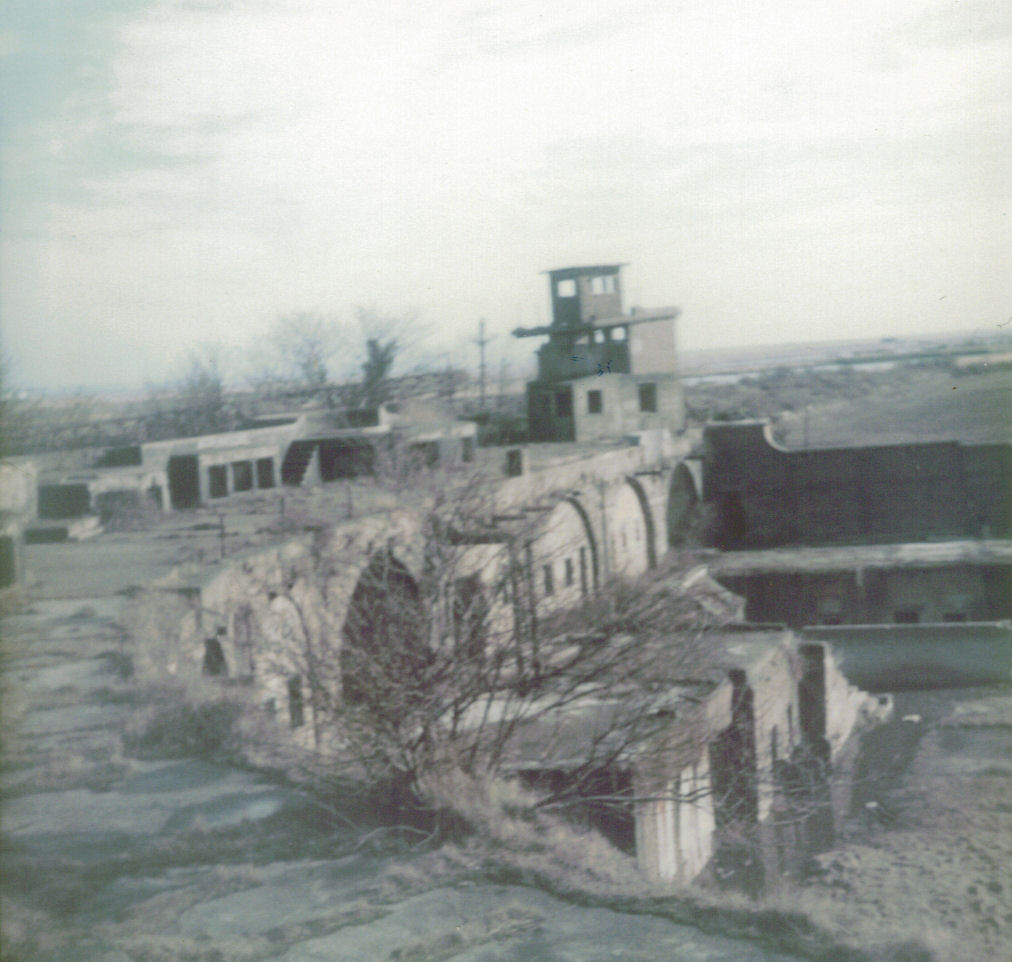
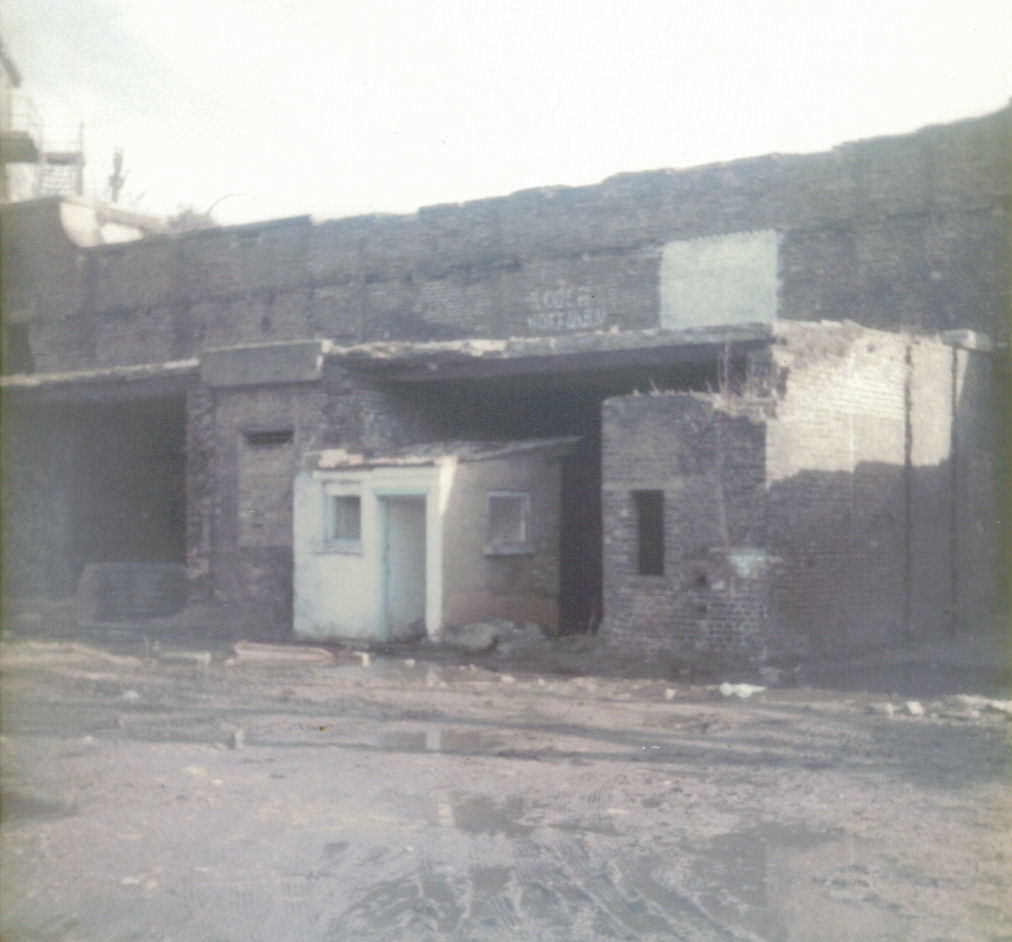
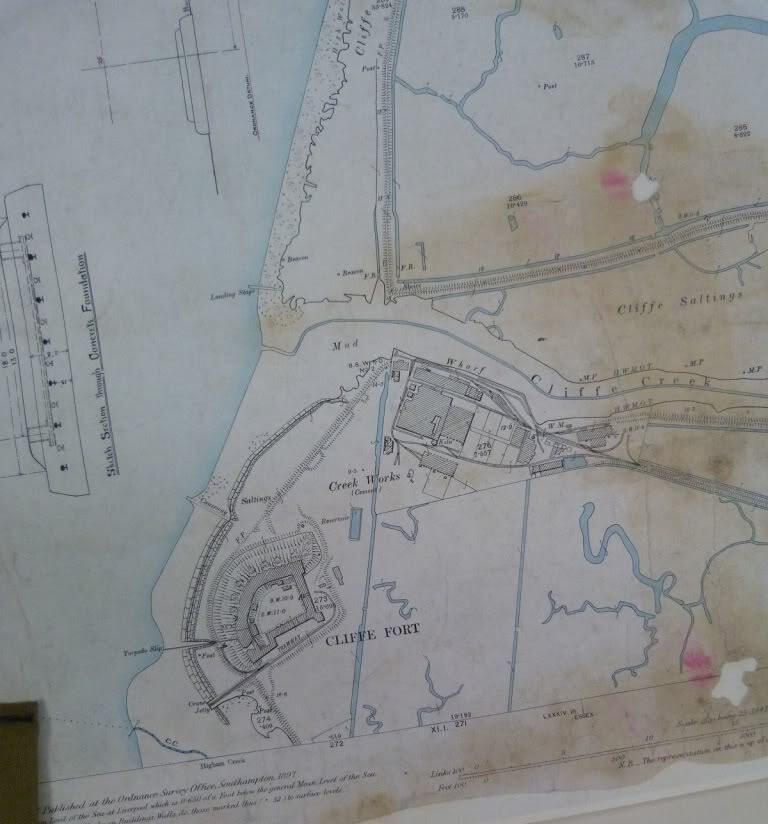
Information from: Wikipedia, VictorianForts.co.uk and CliffeHistory.co.uk.

